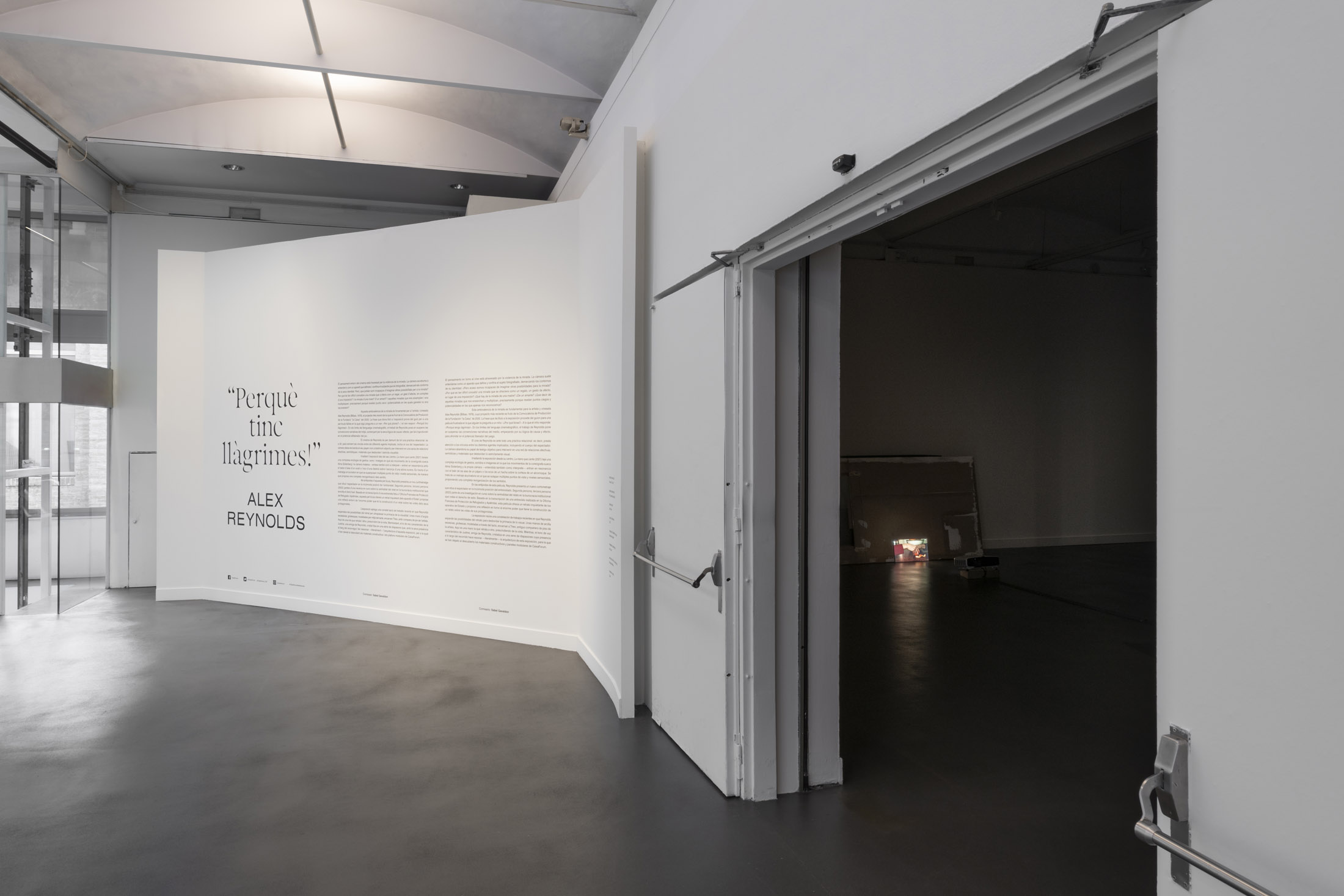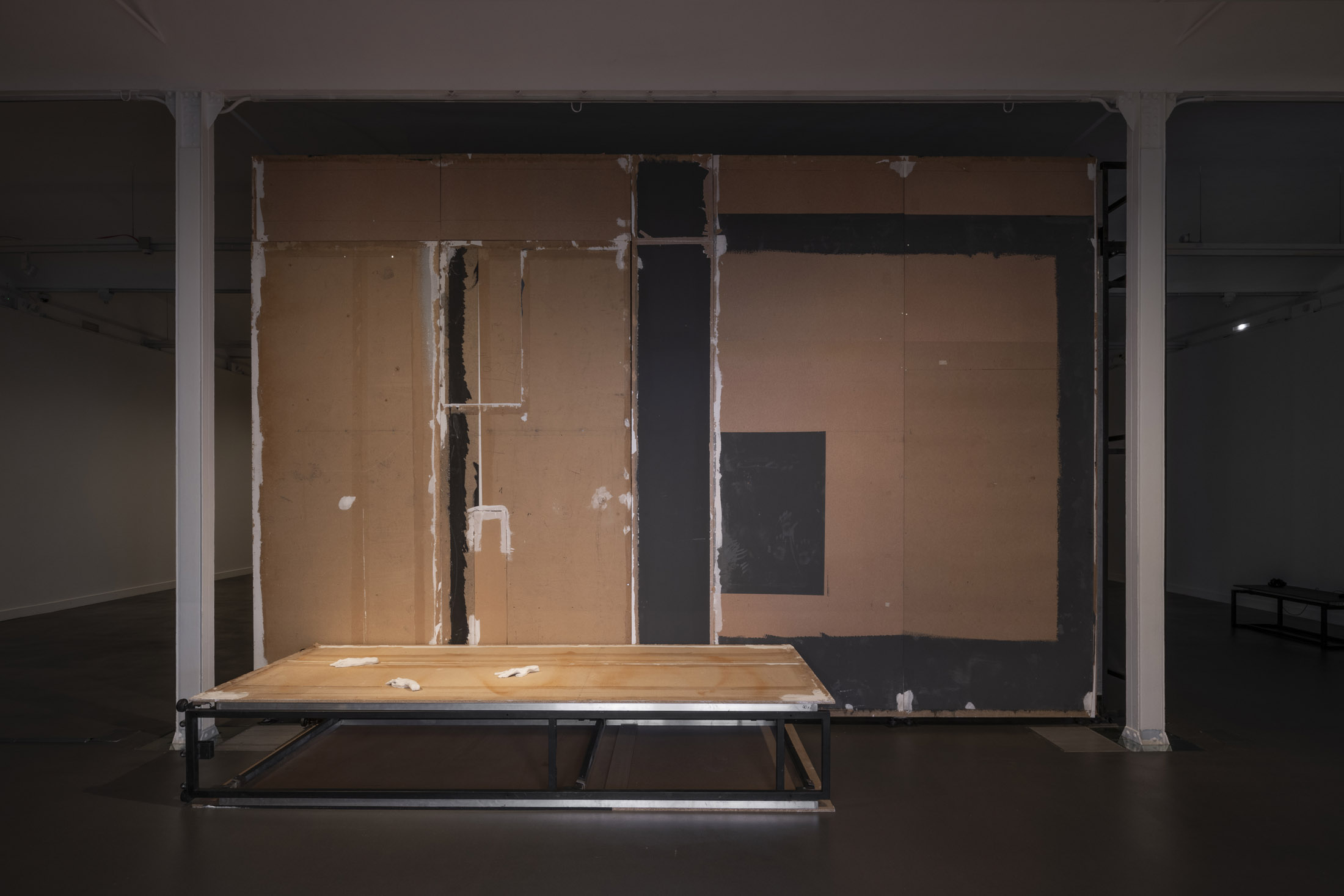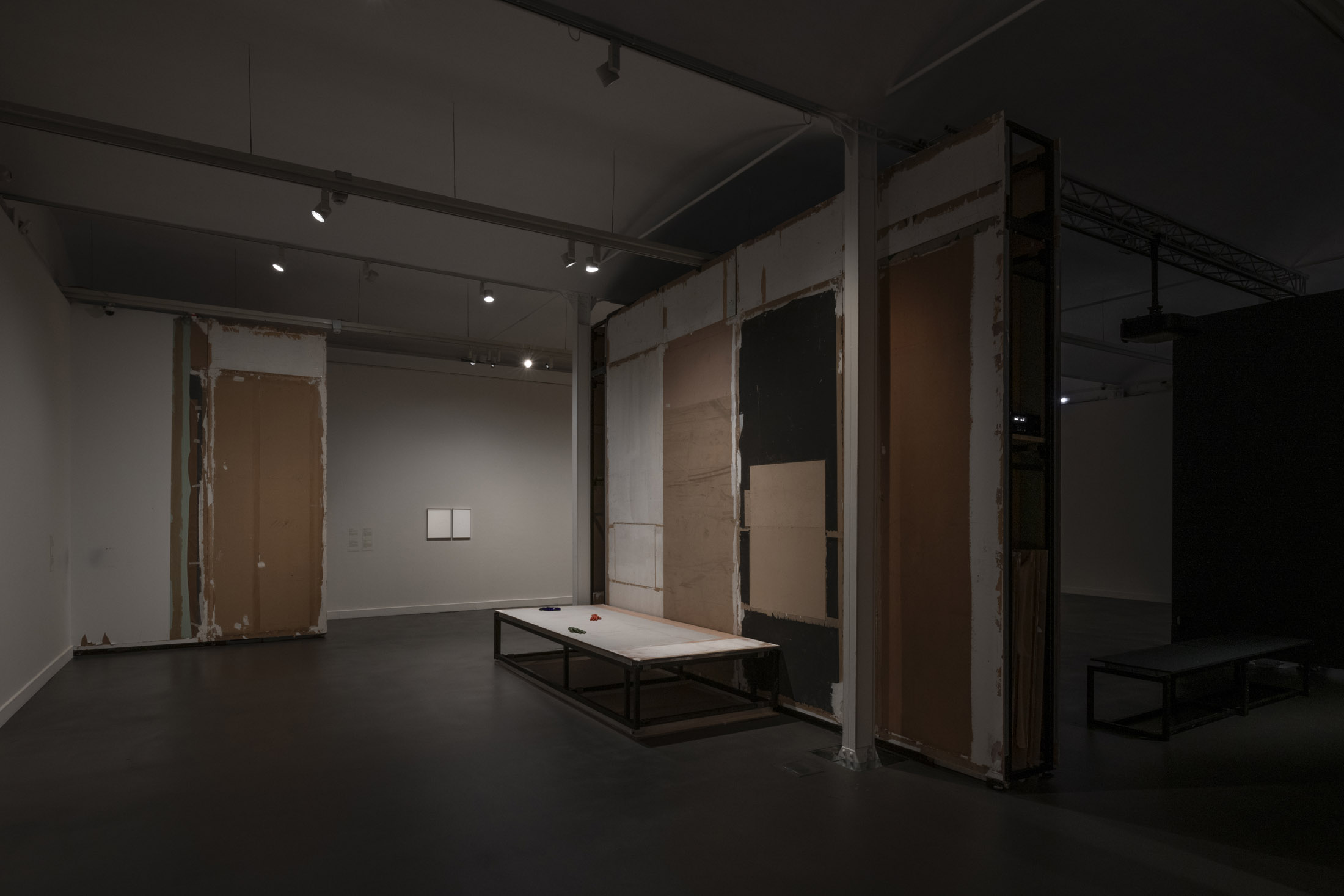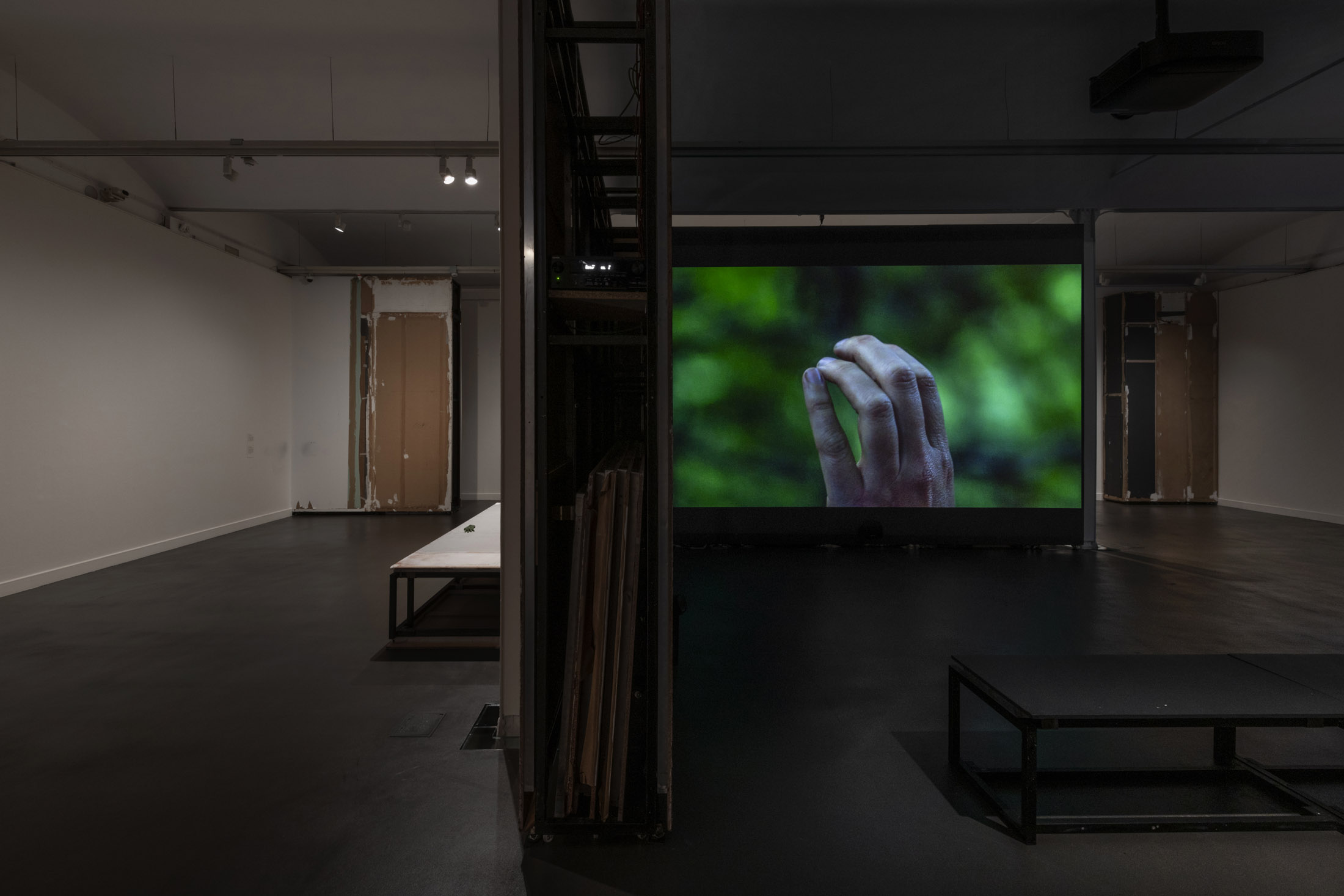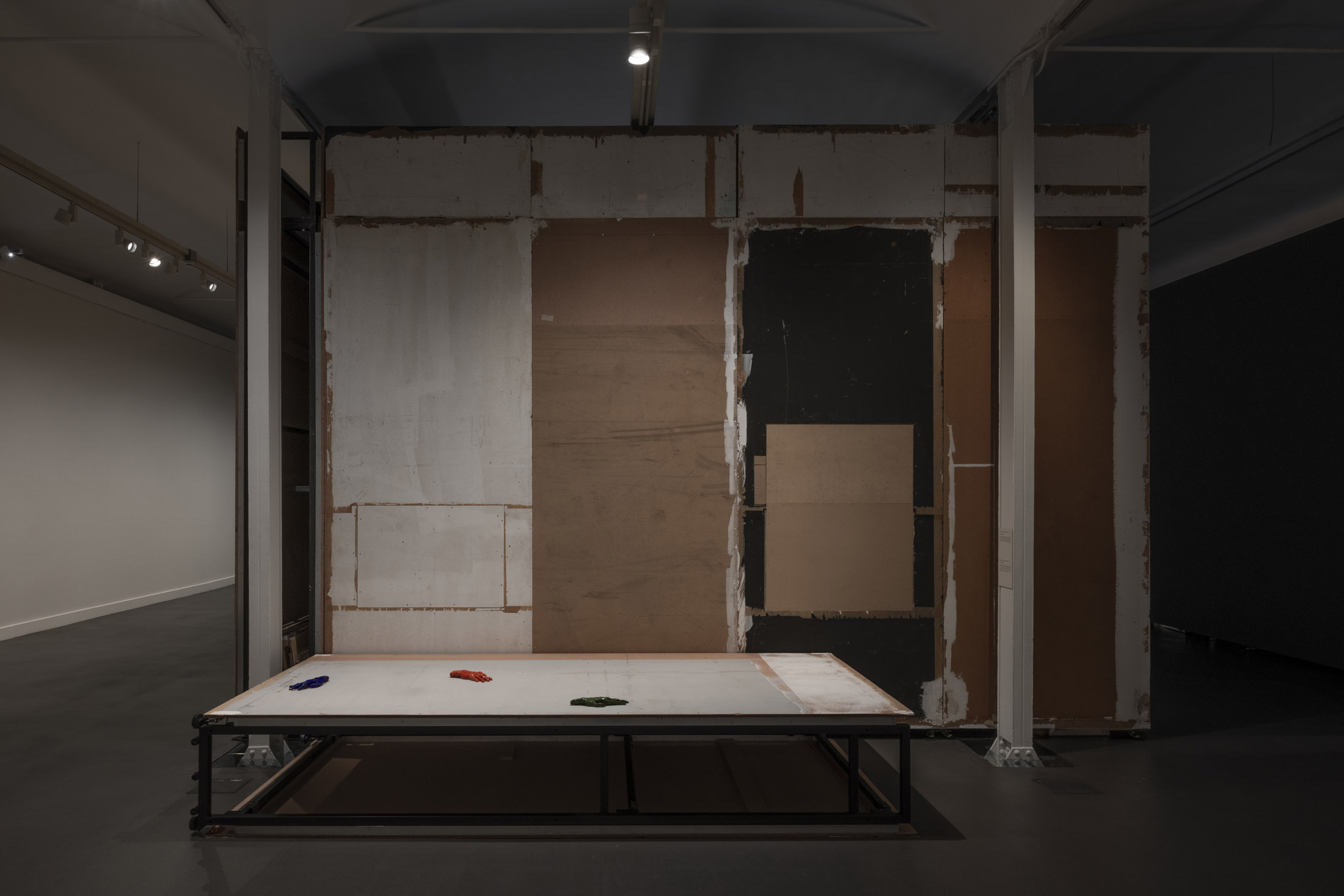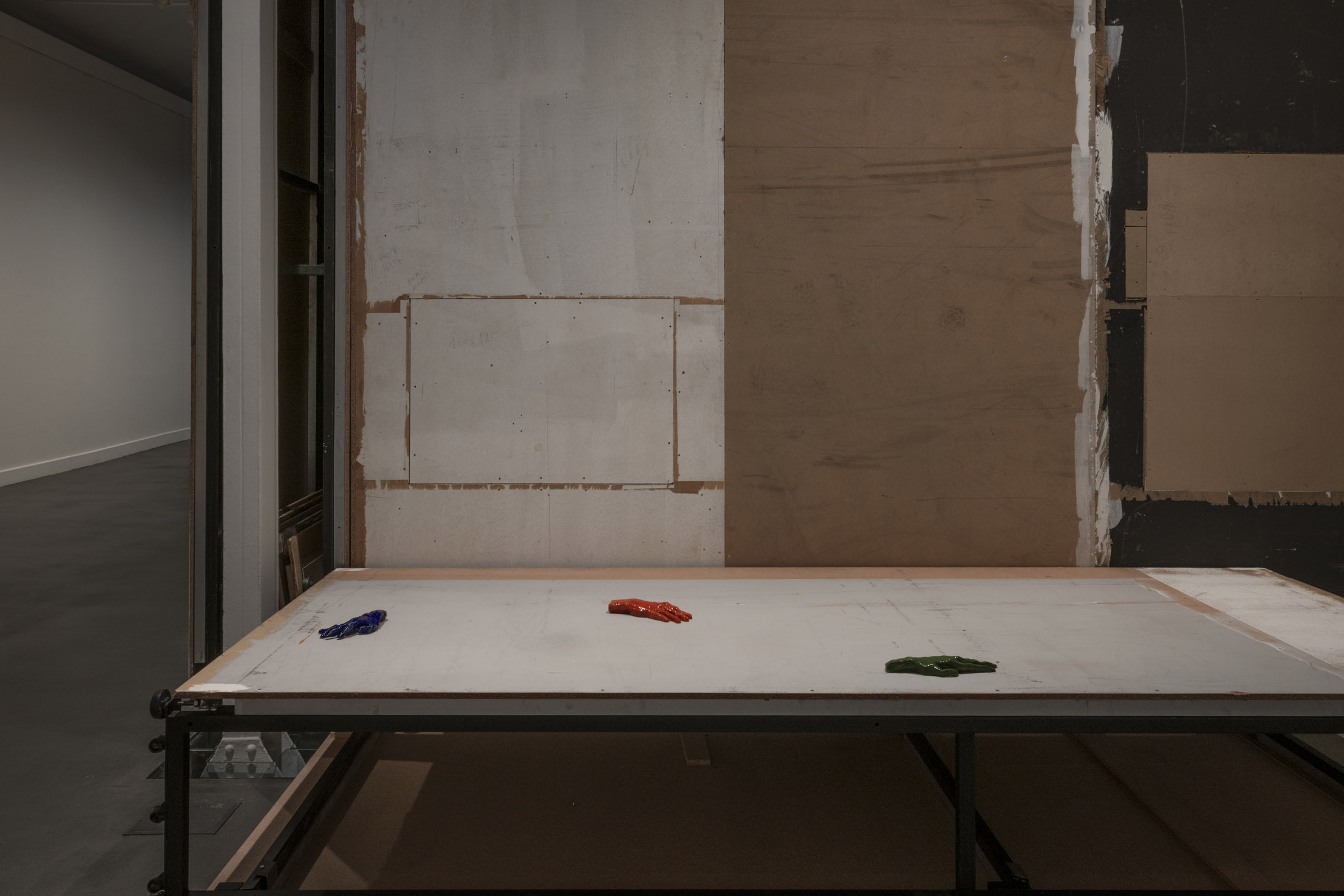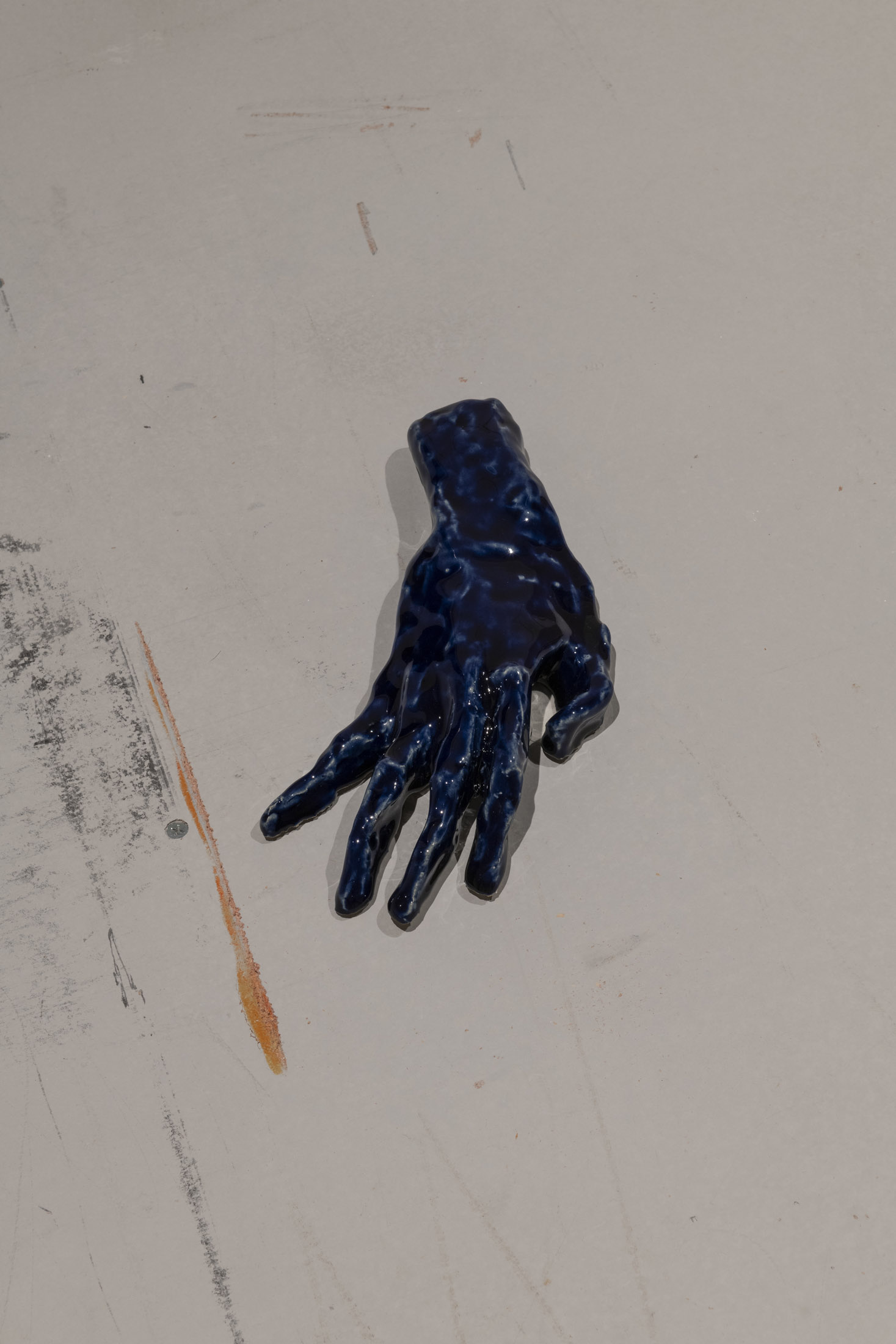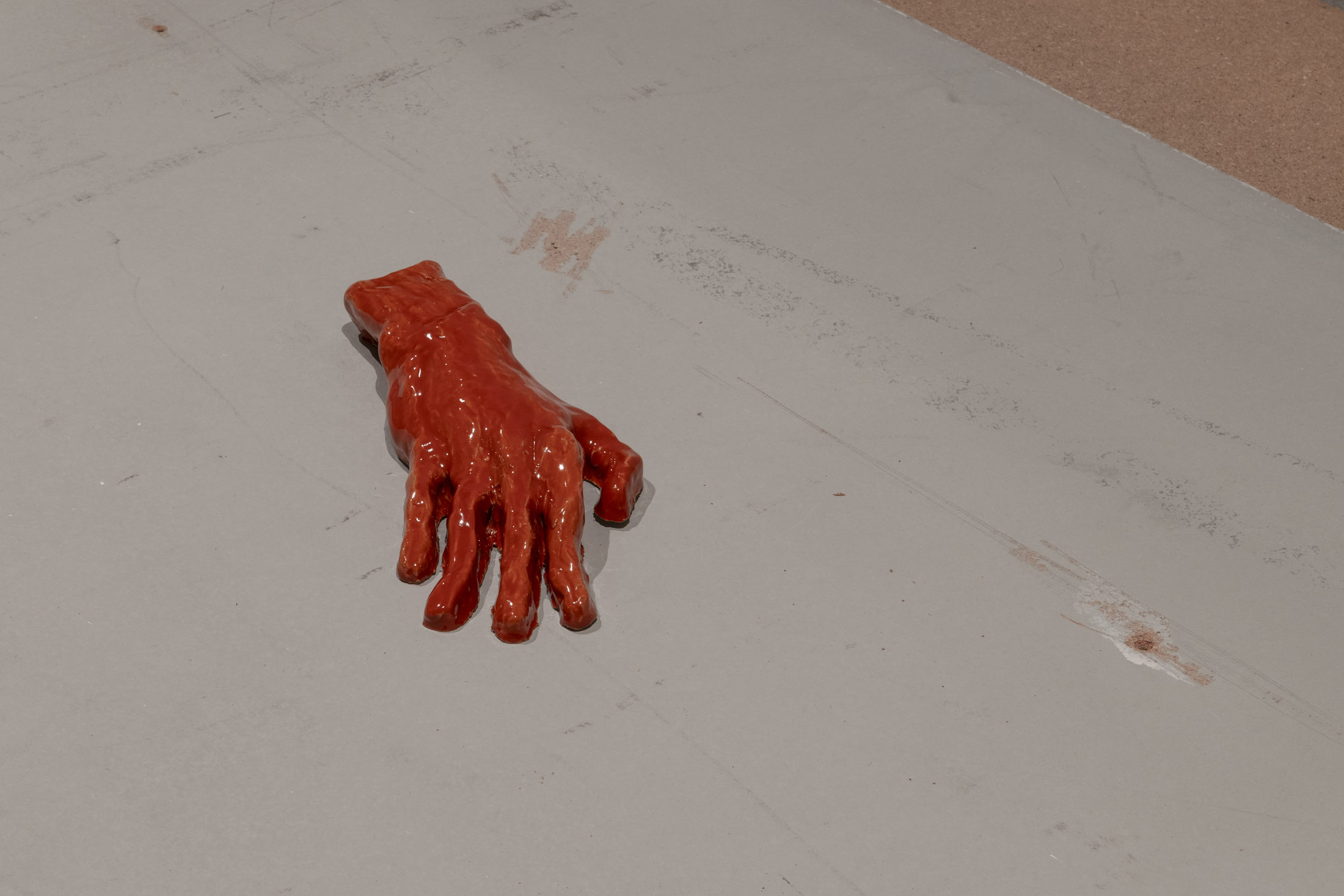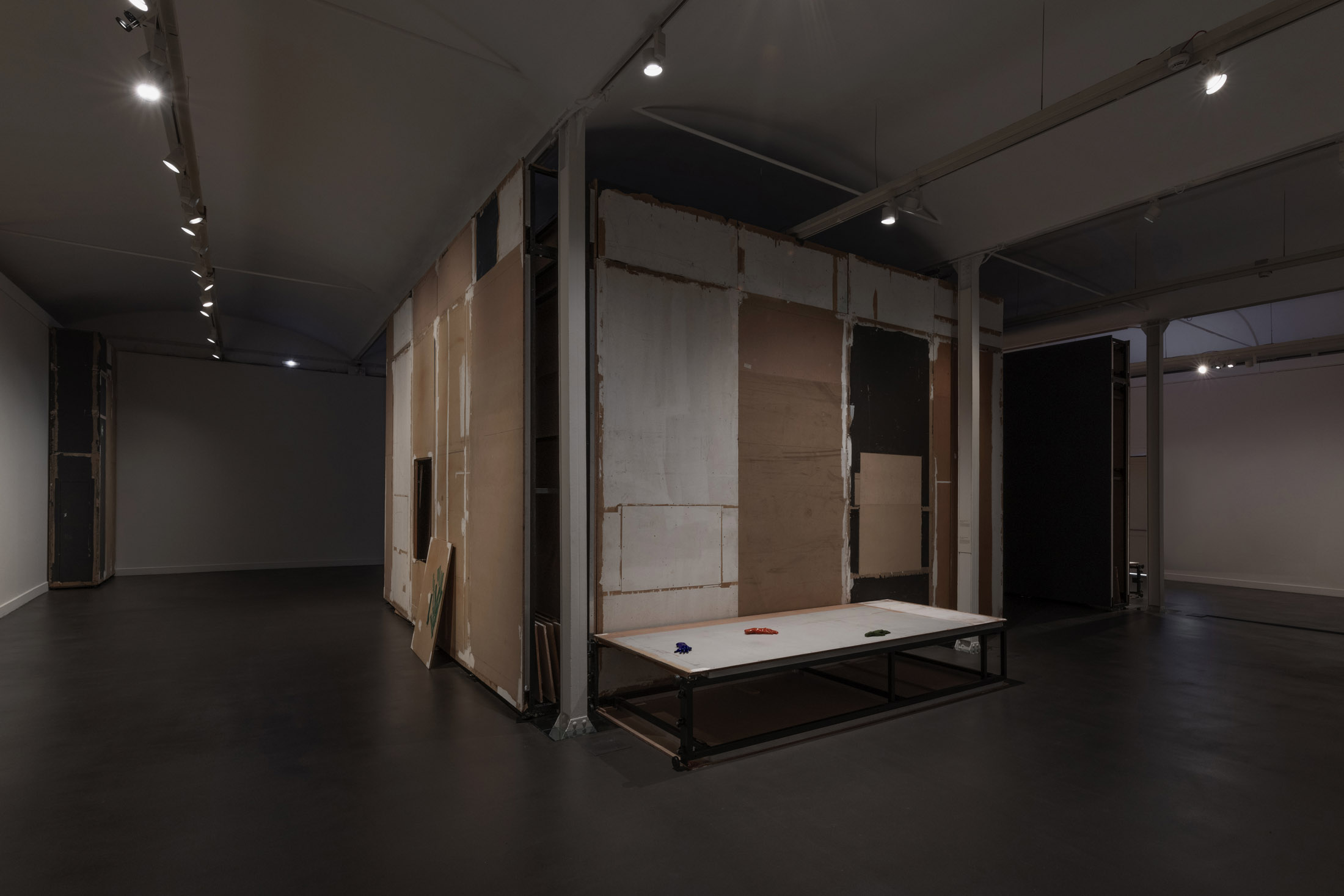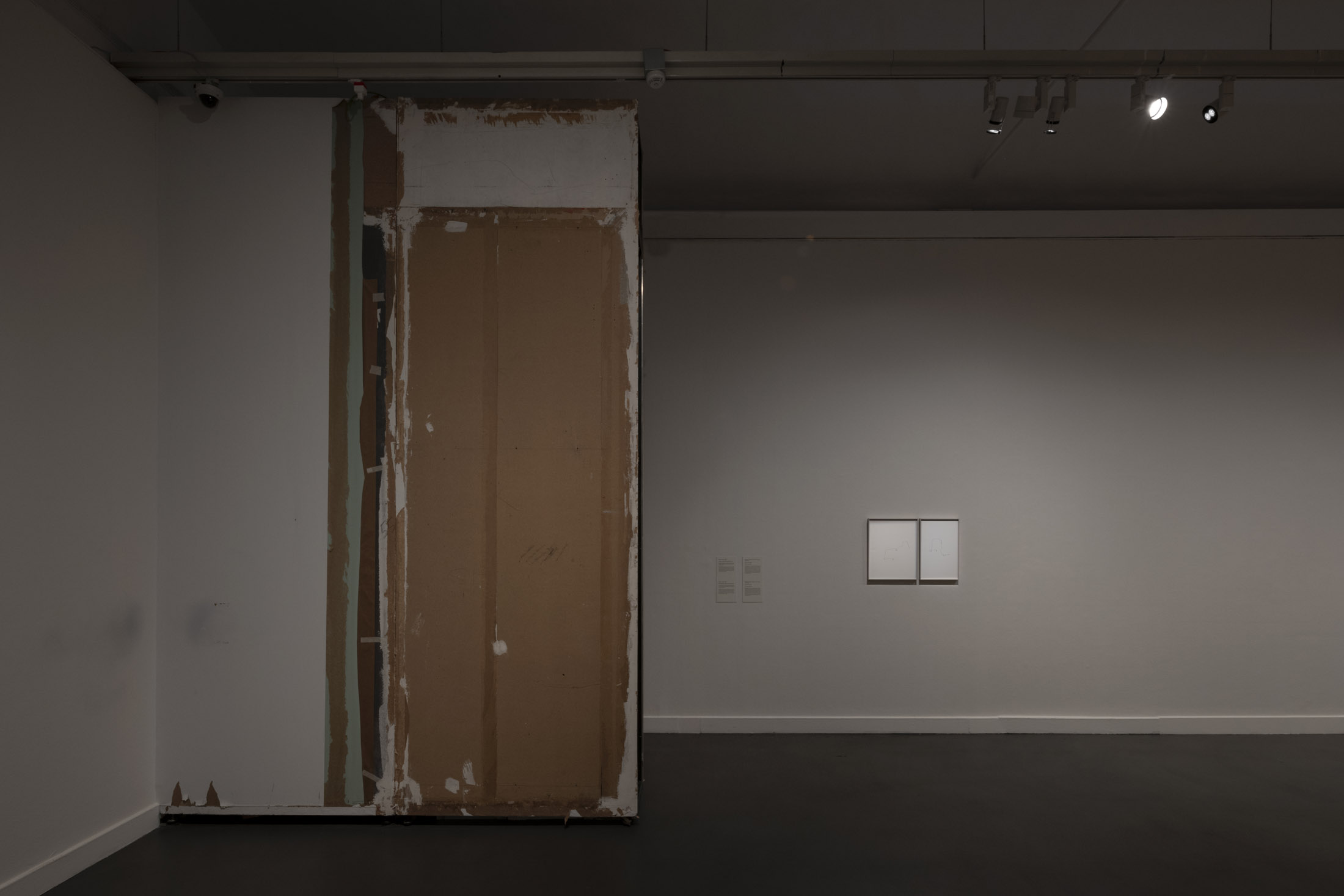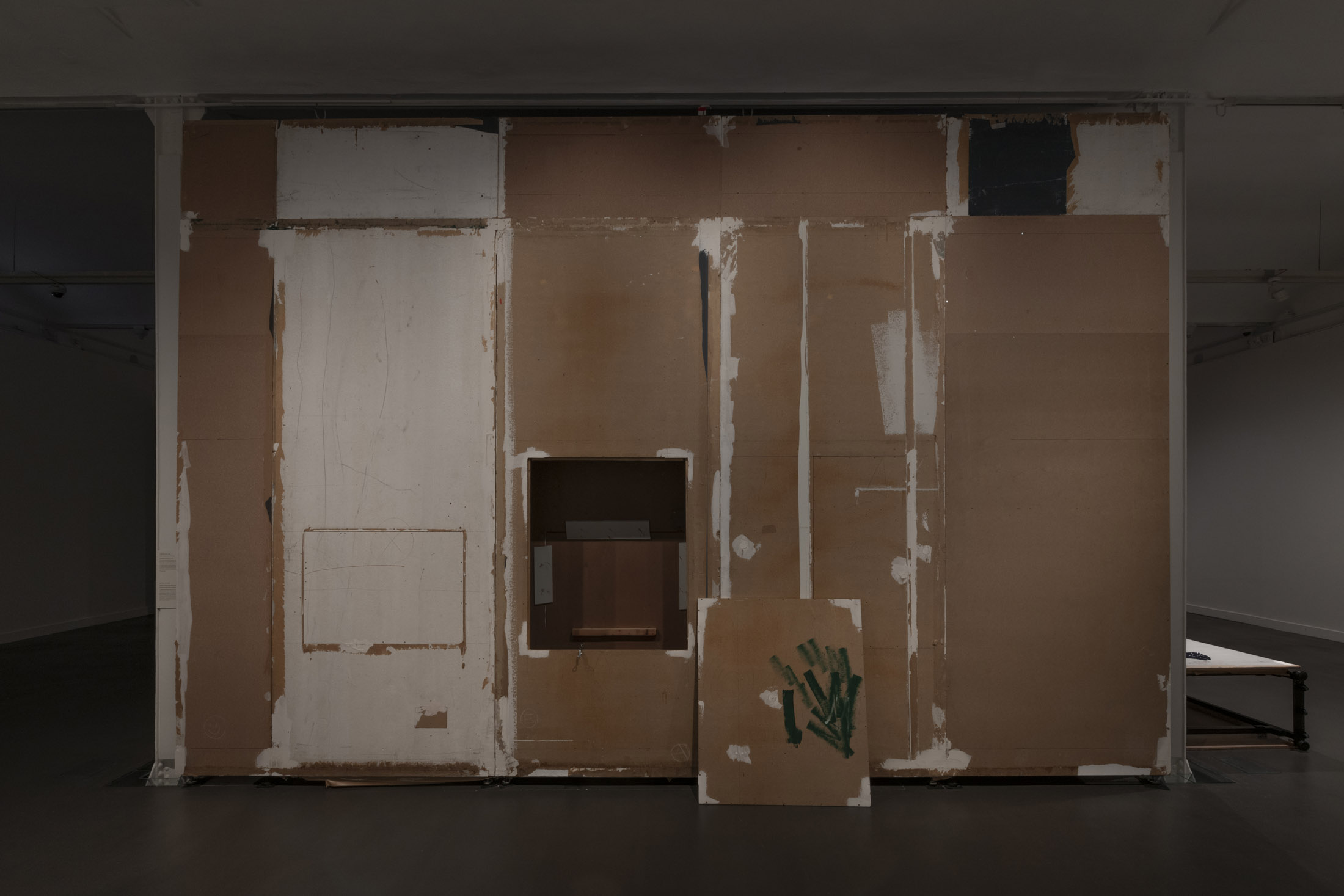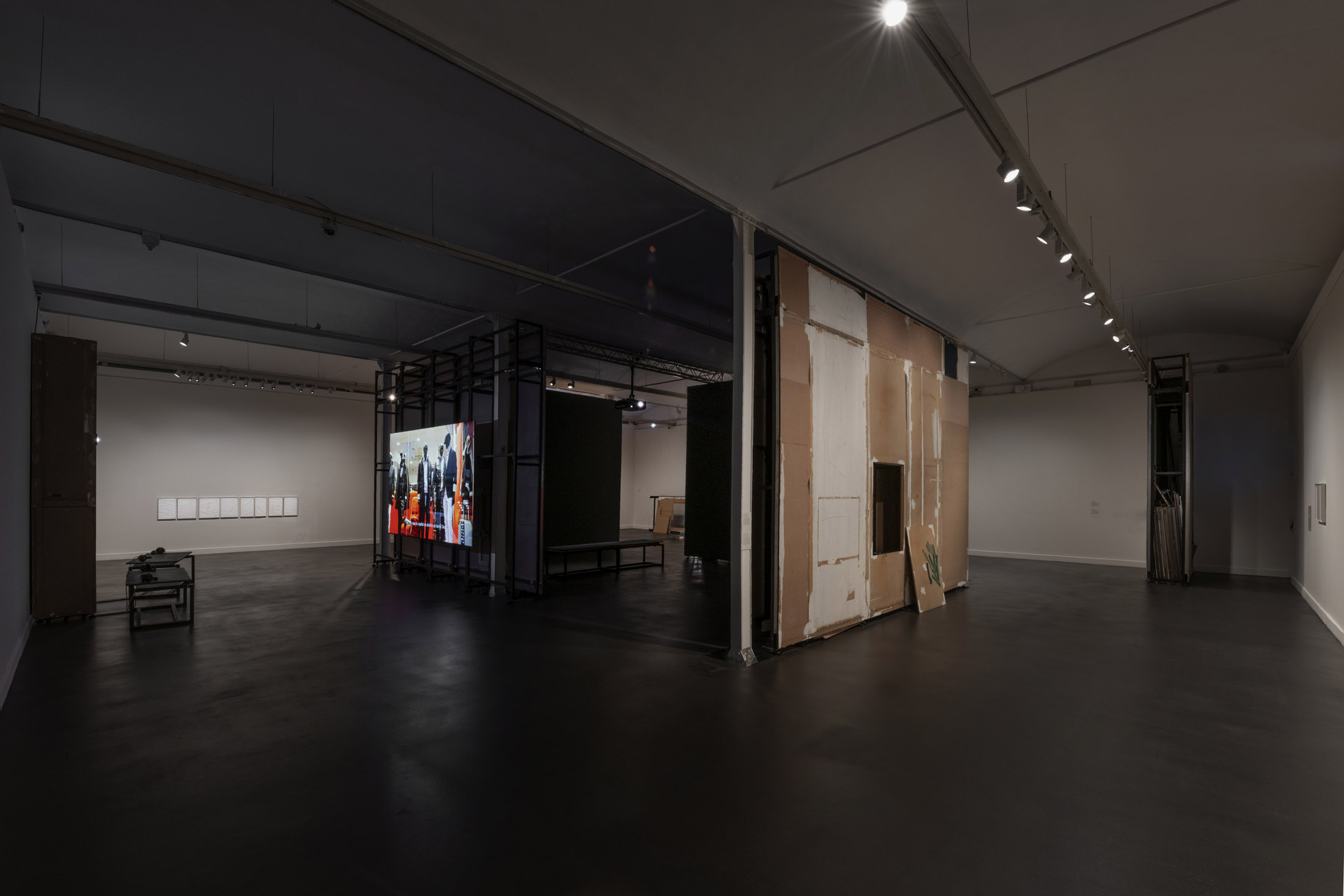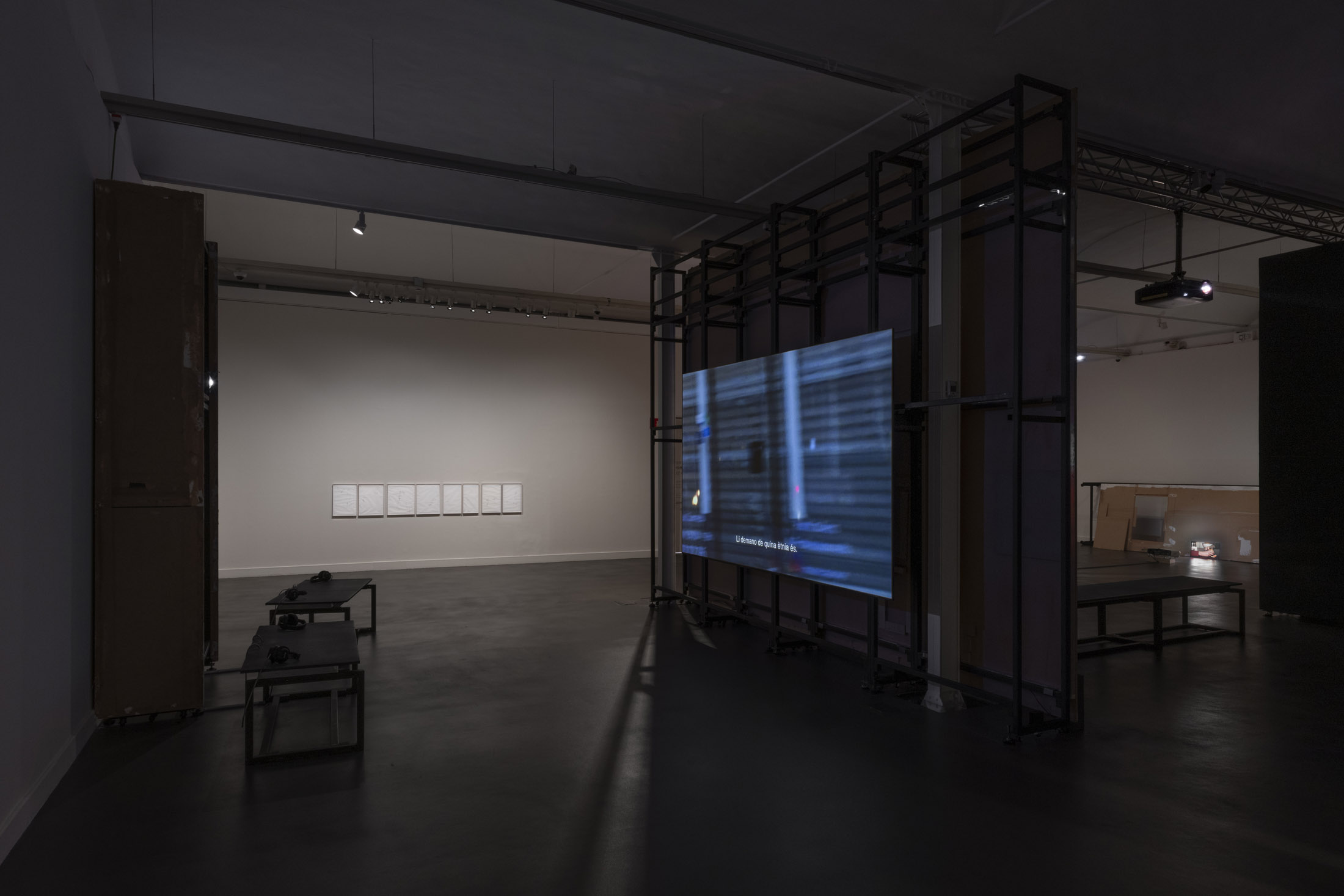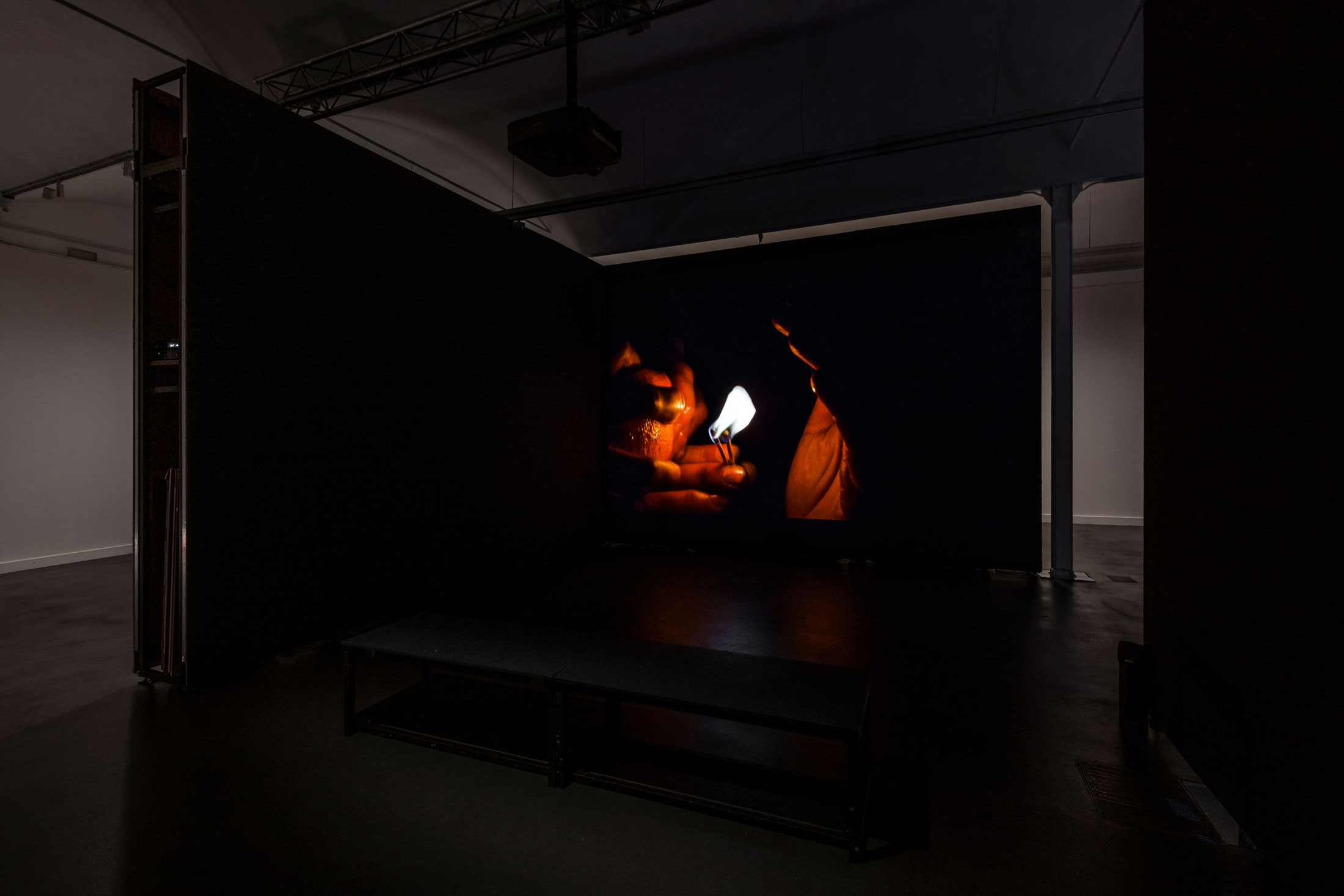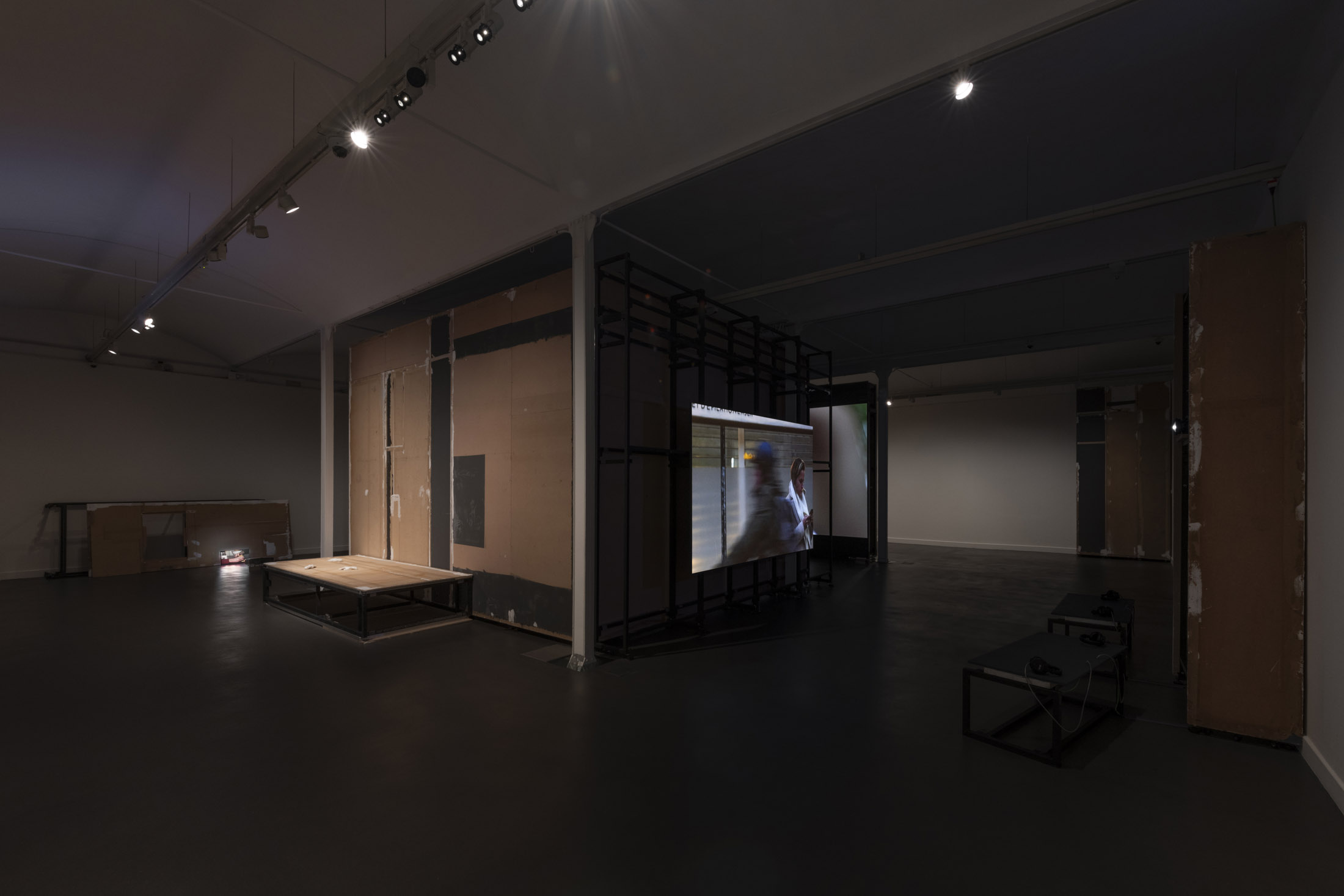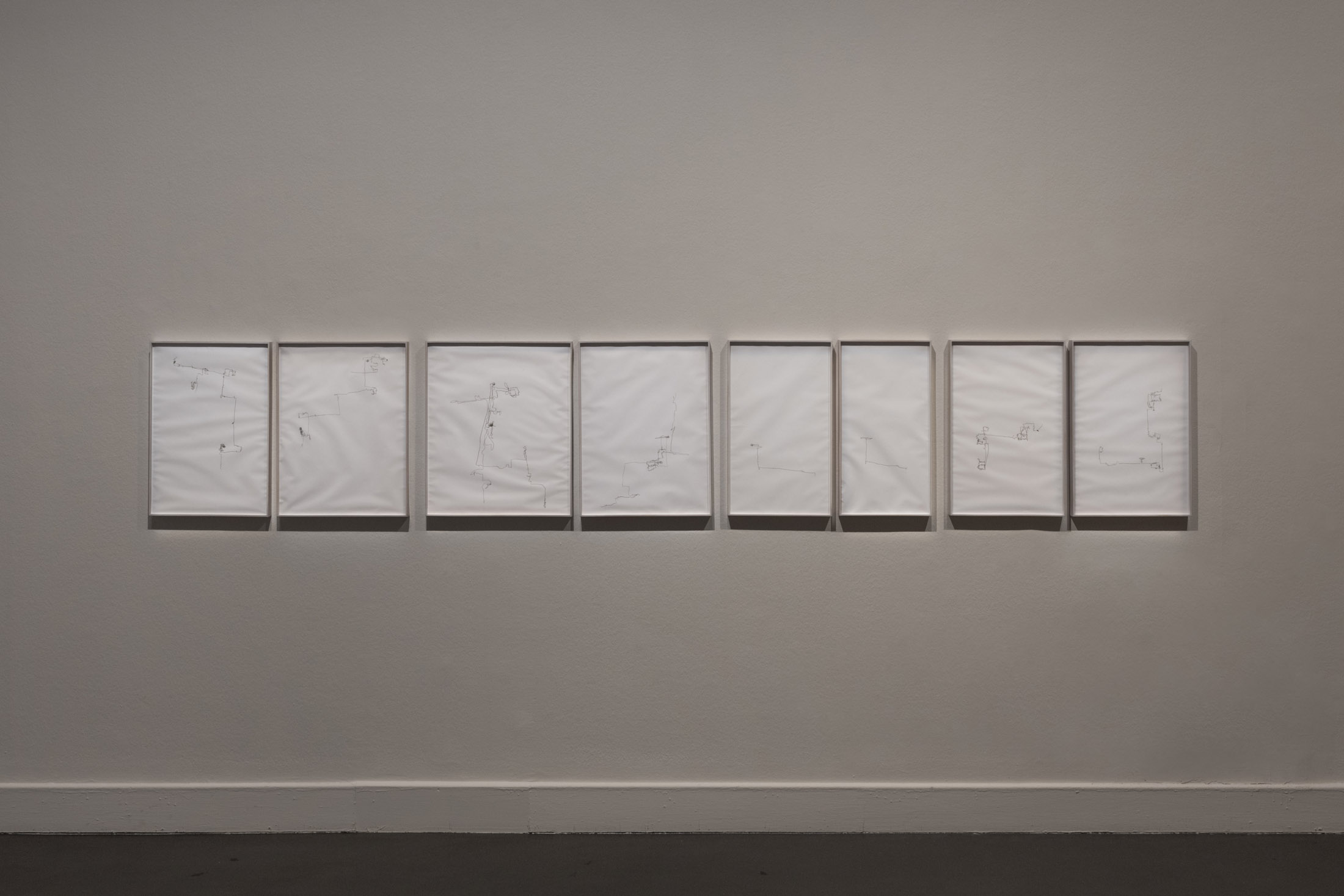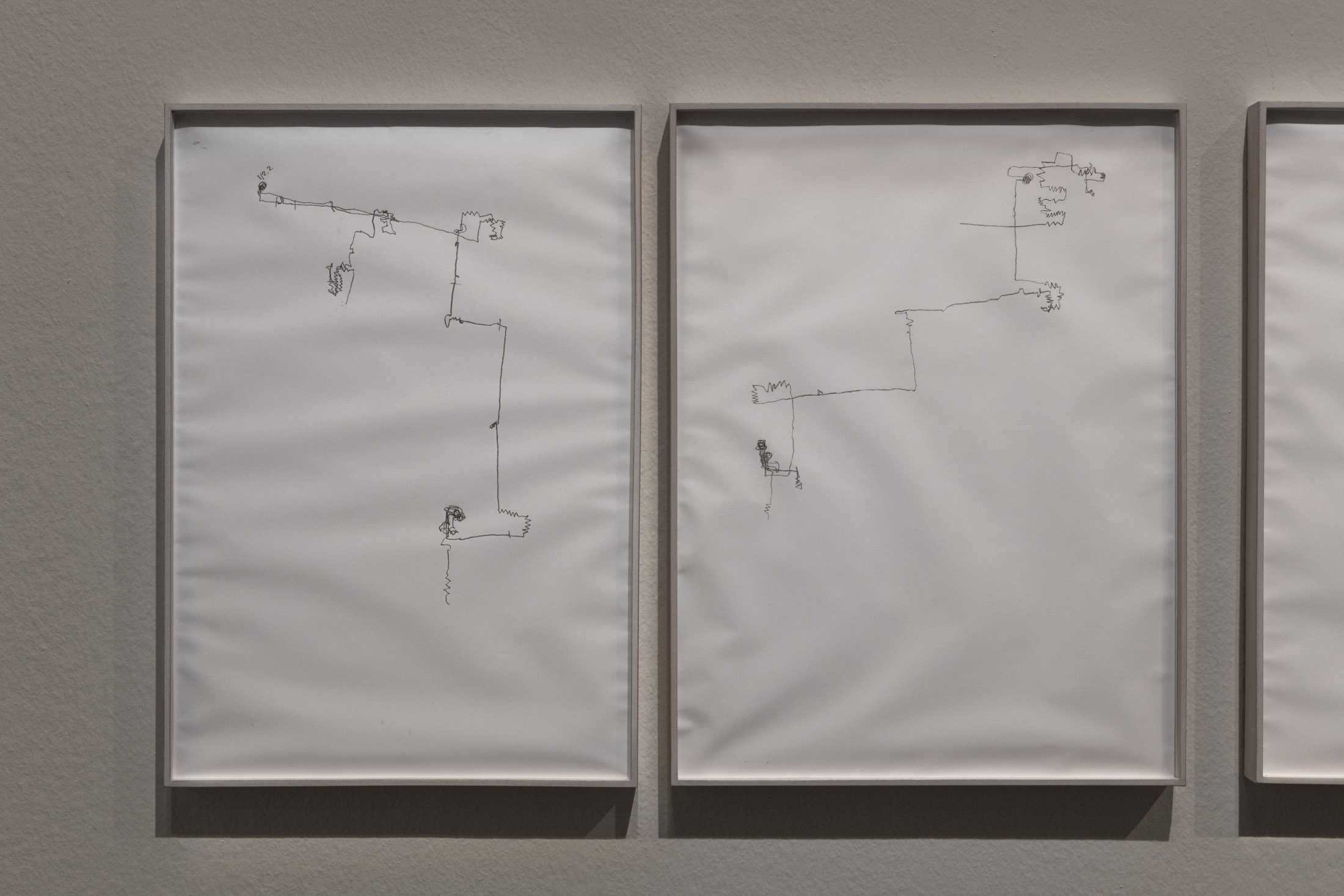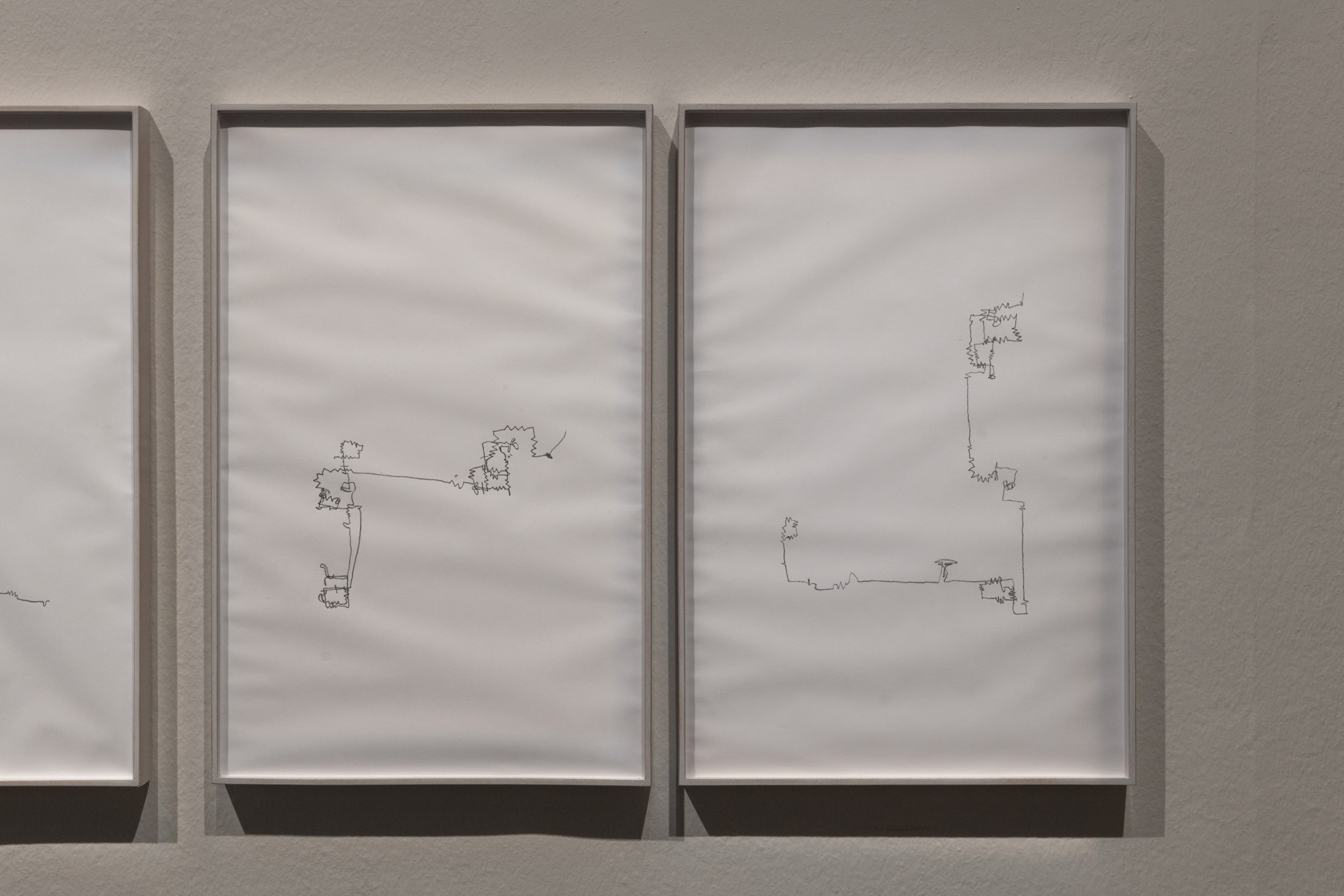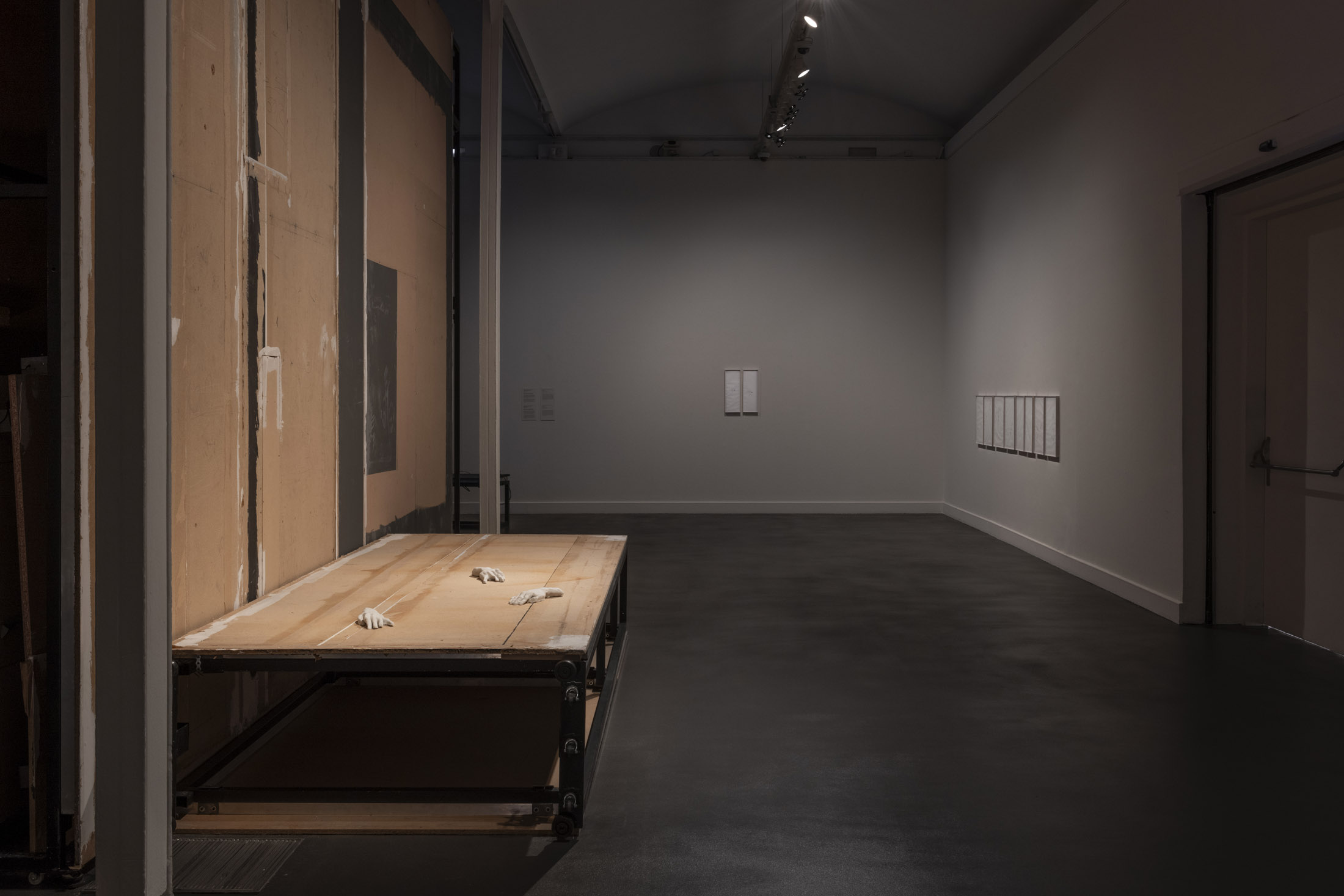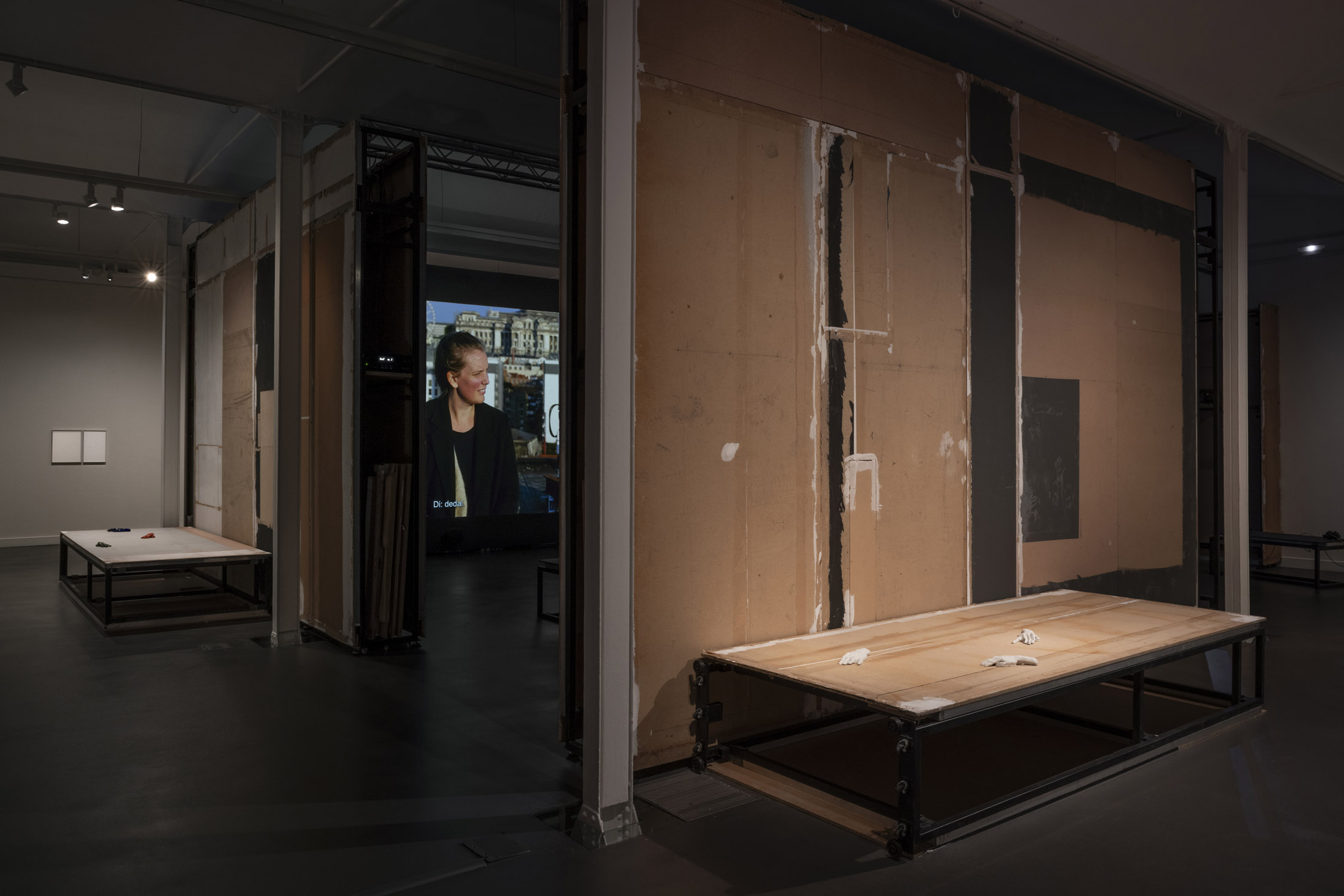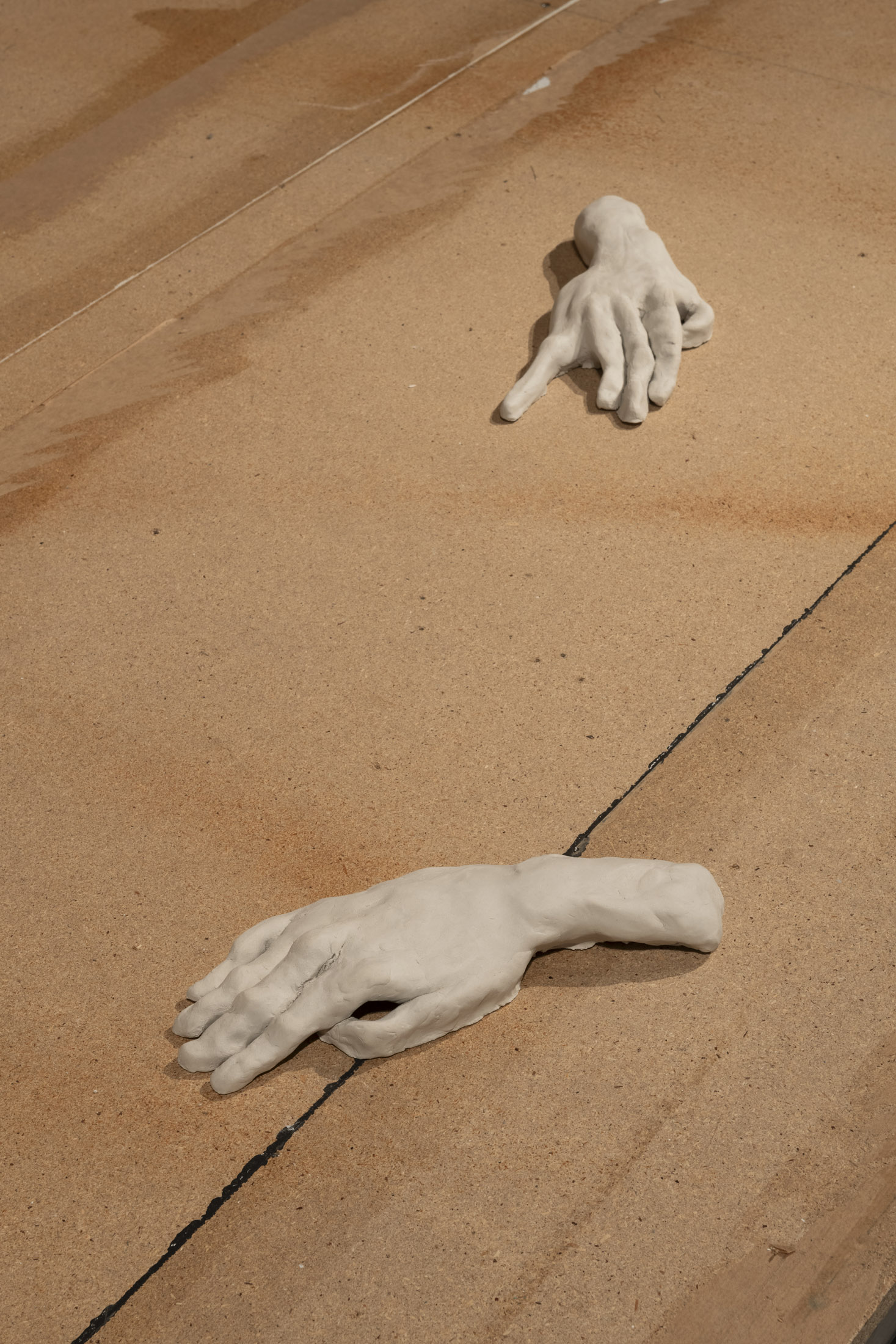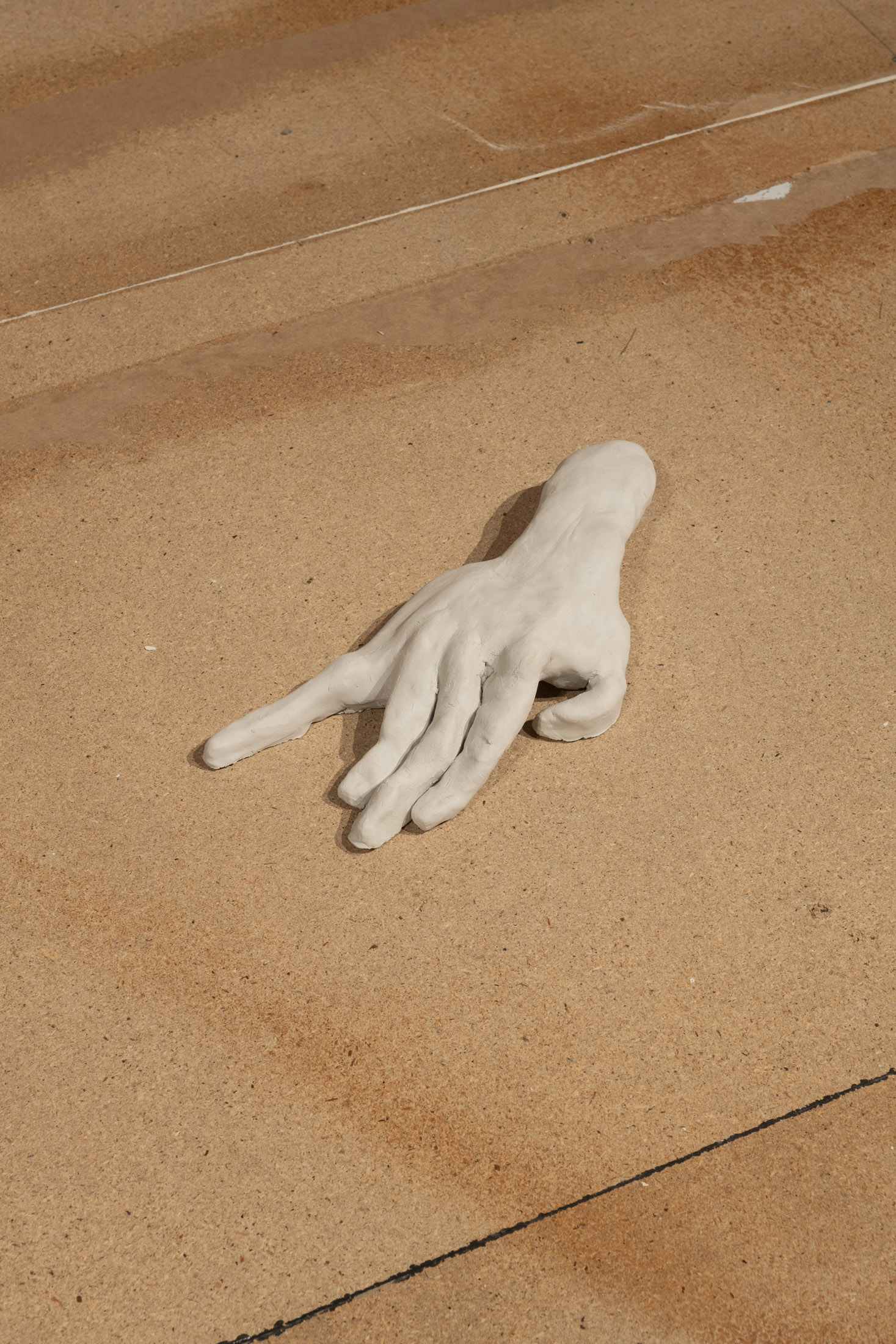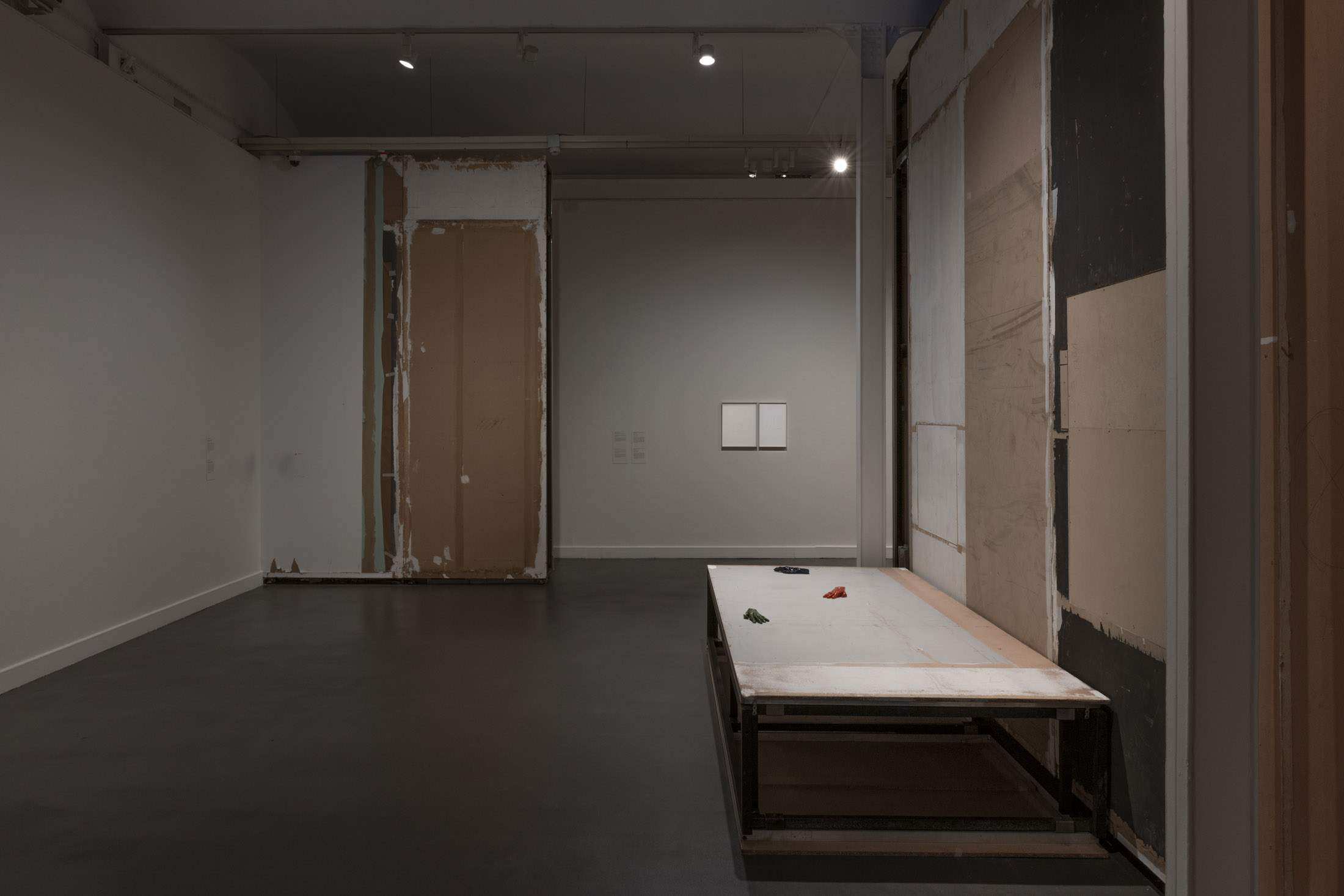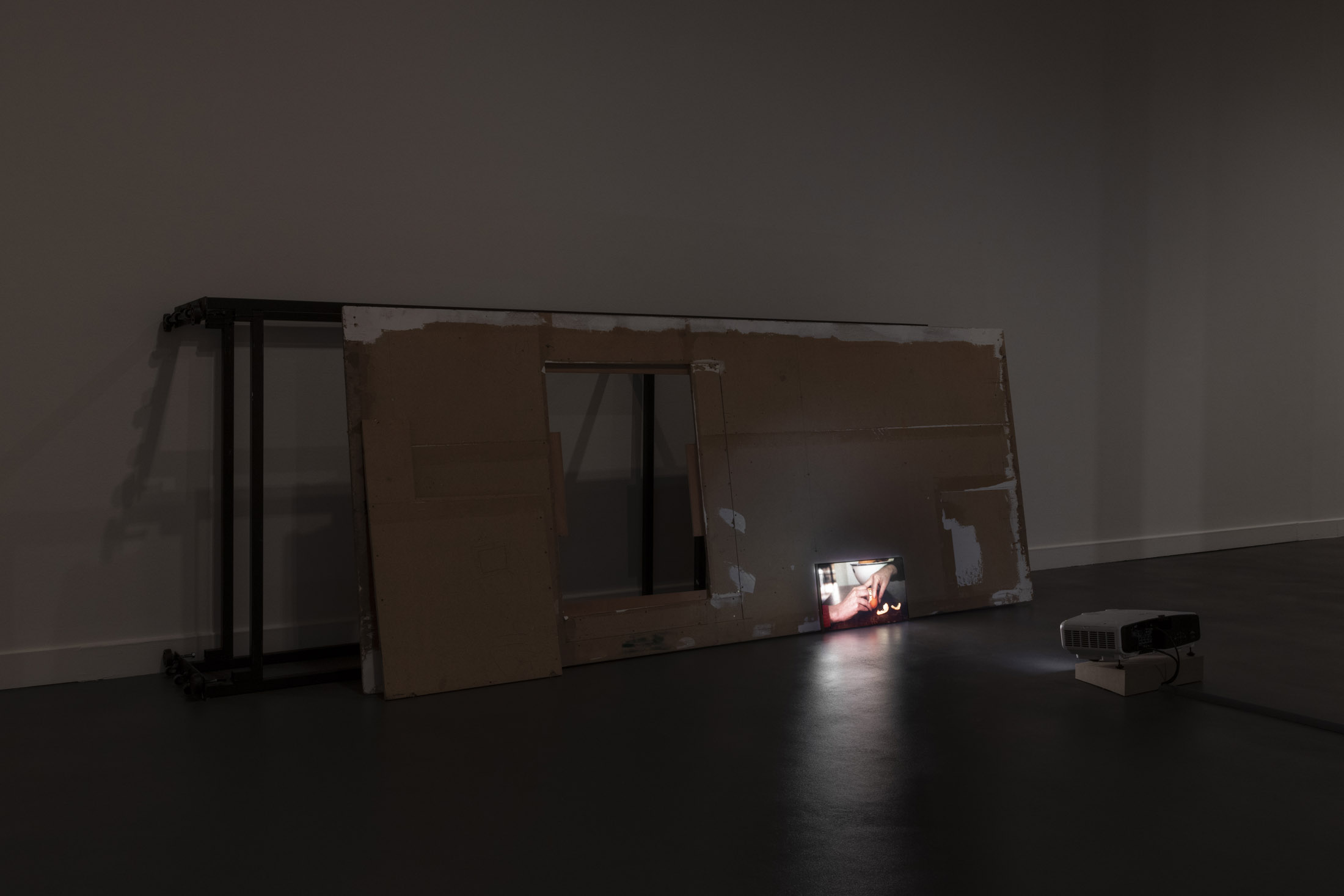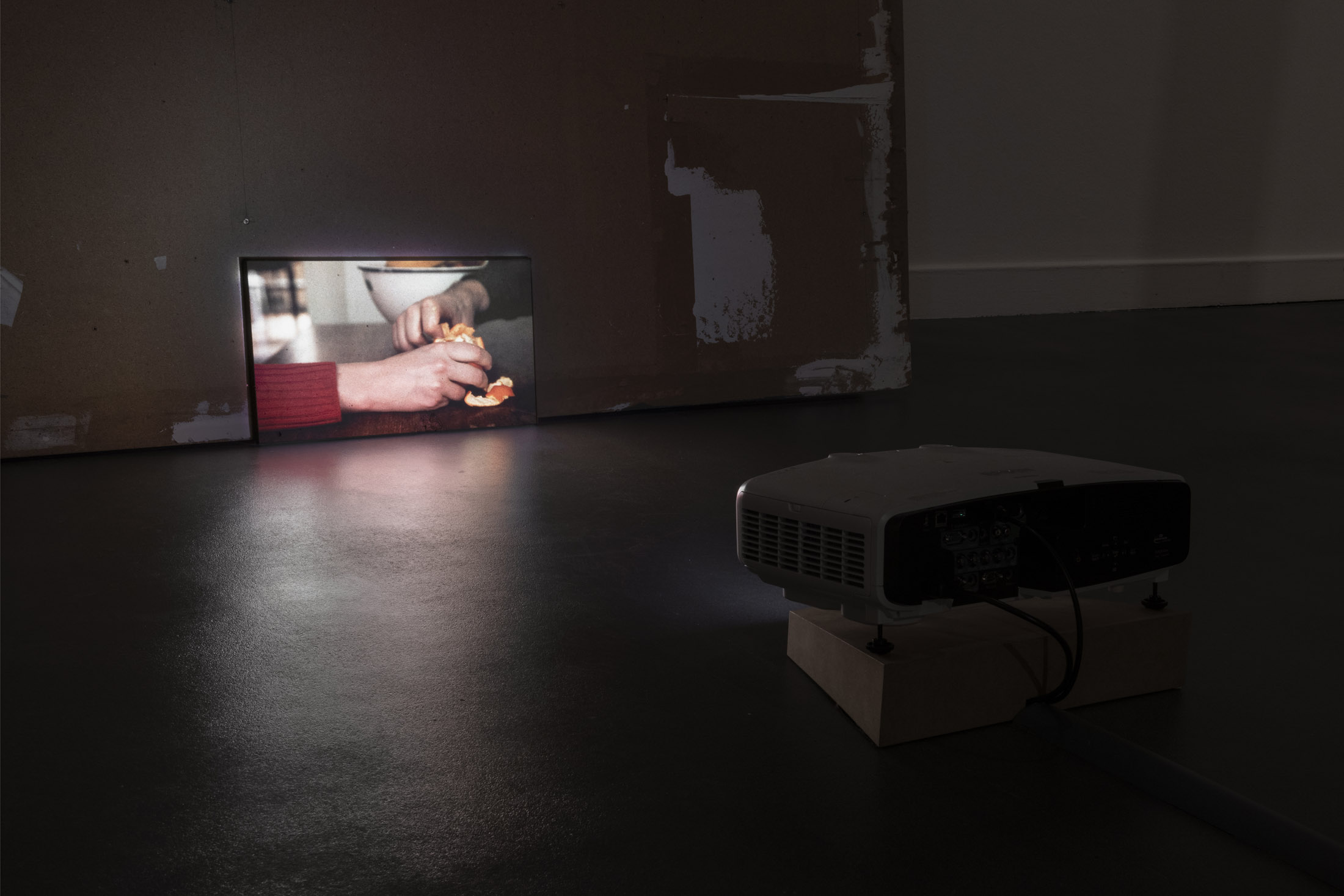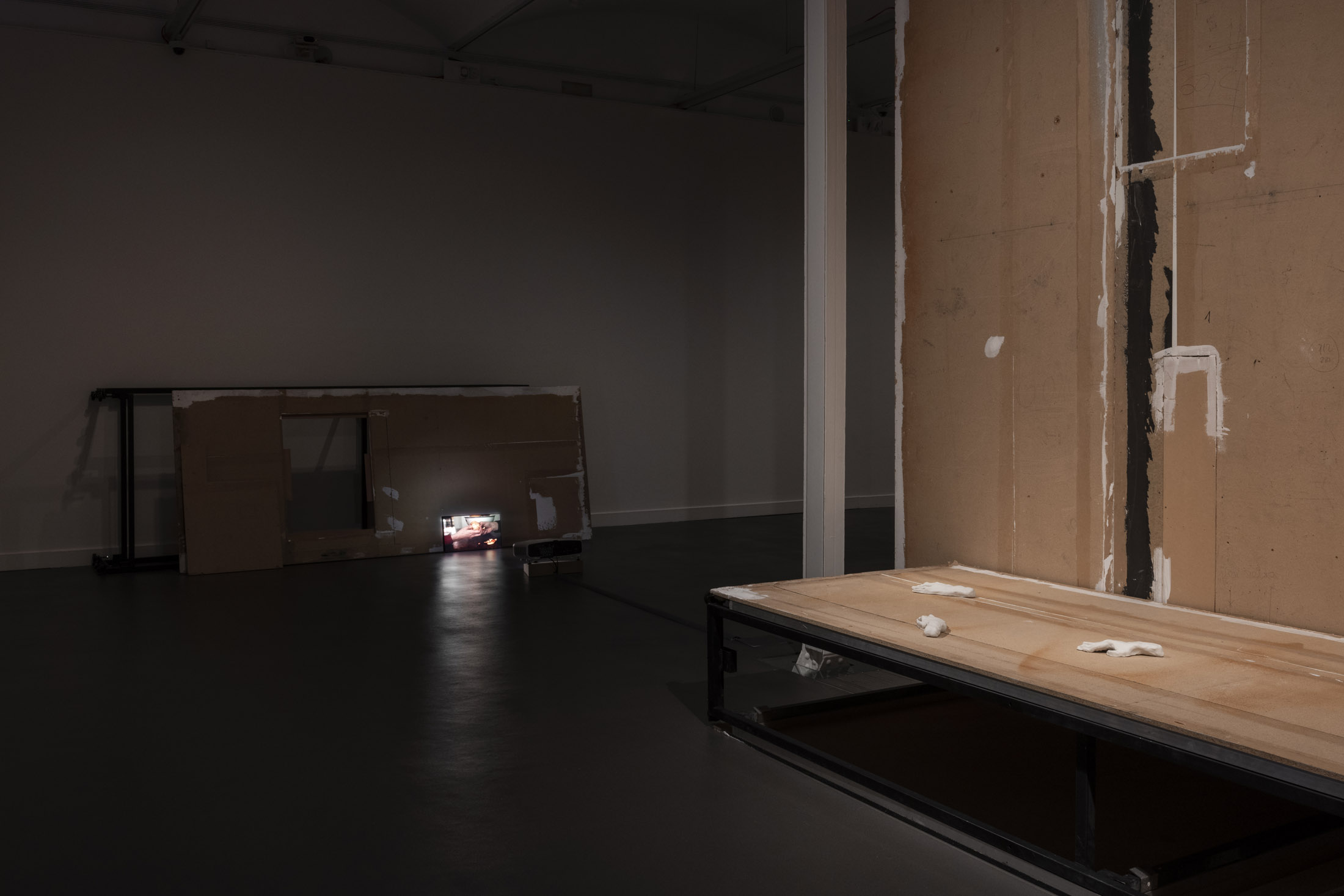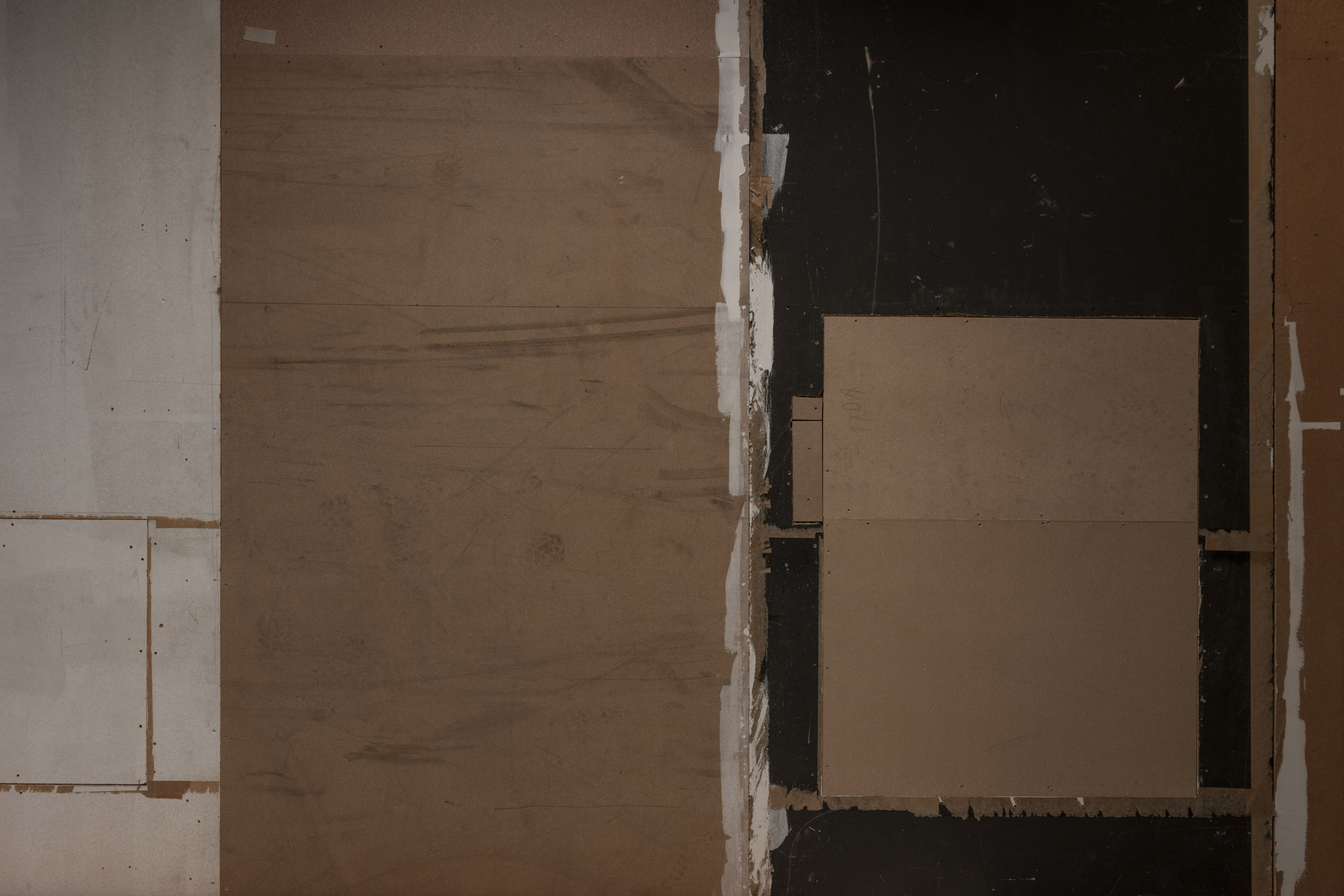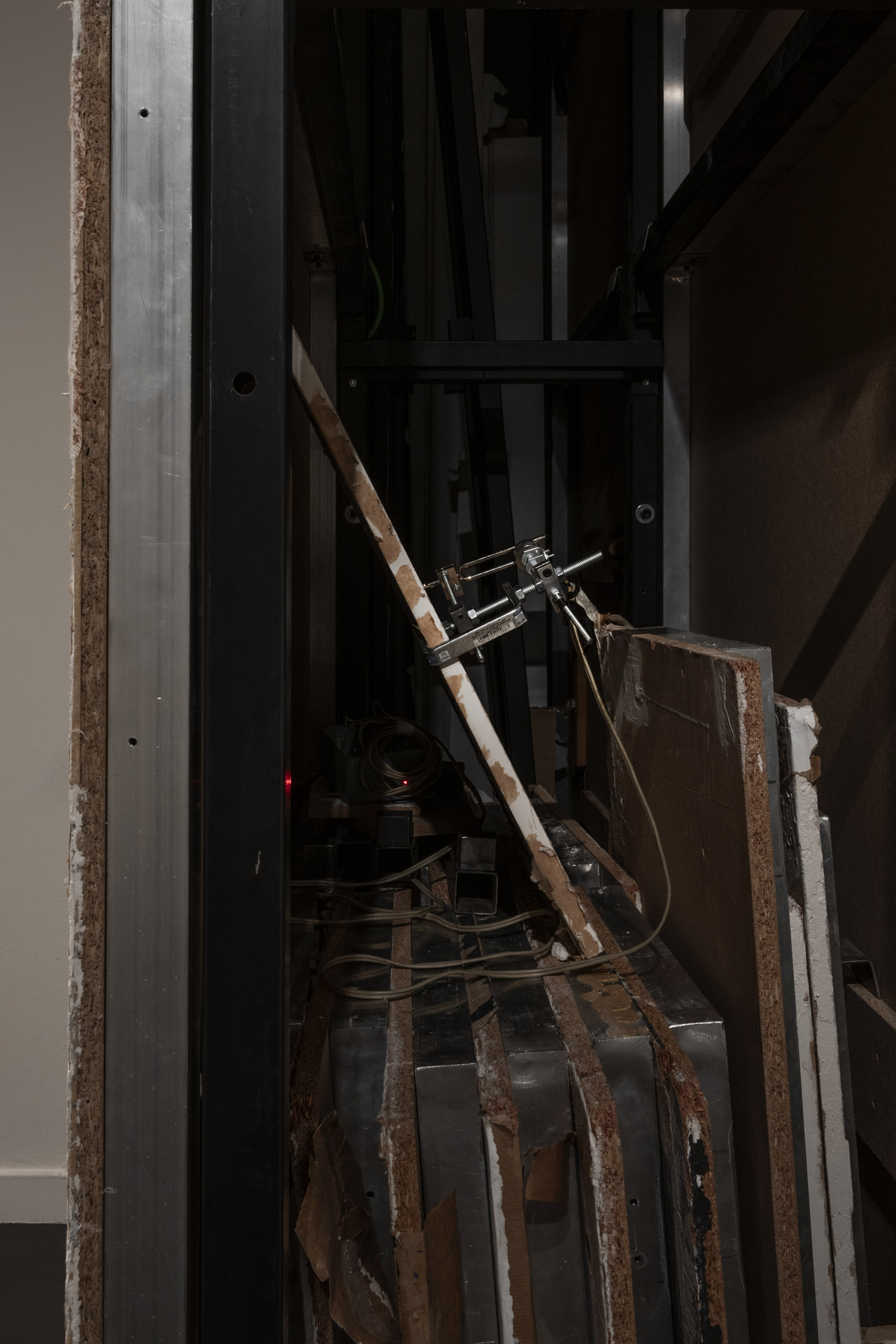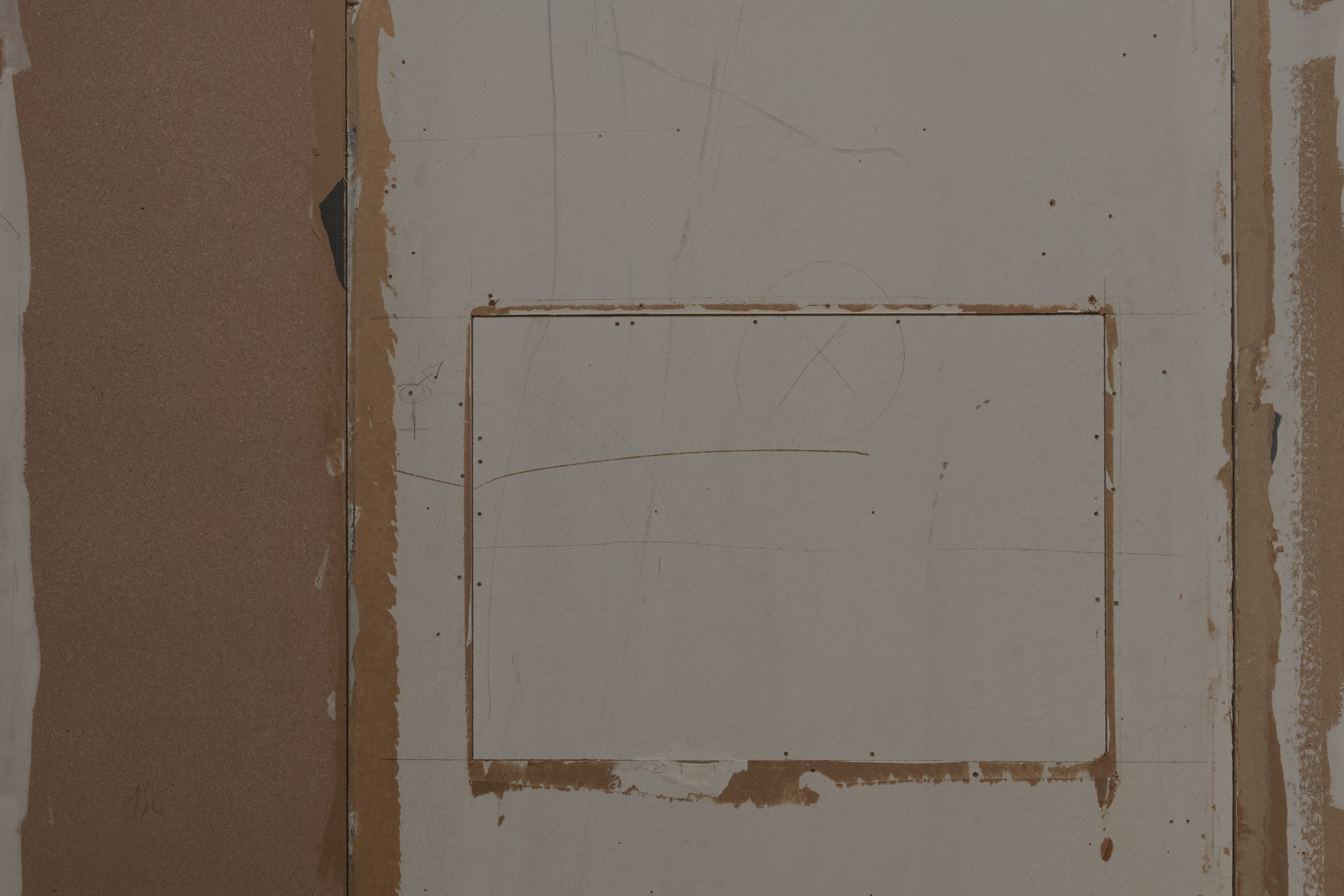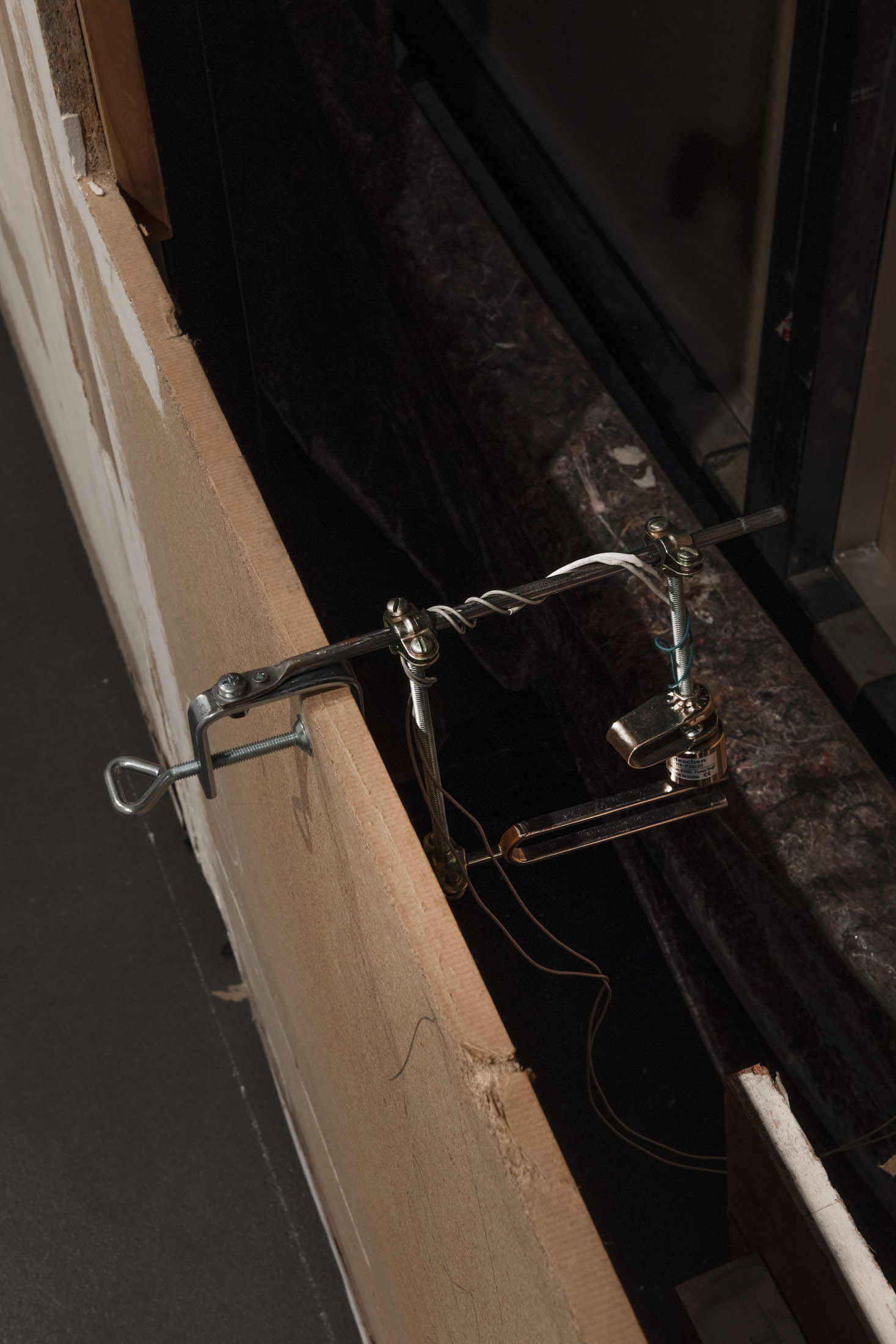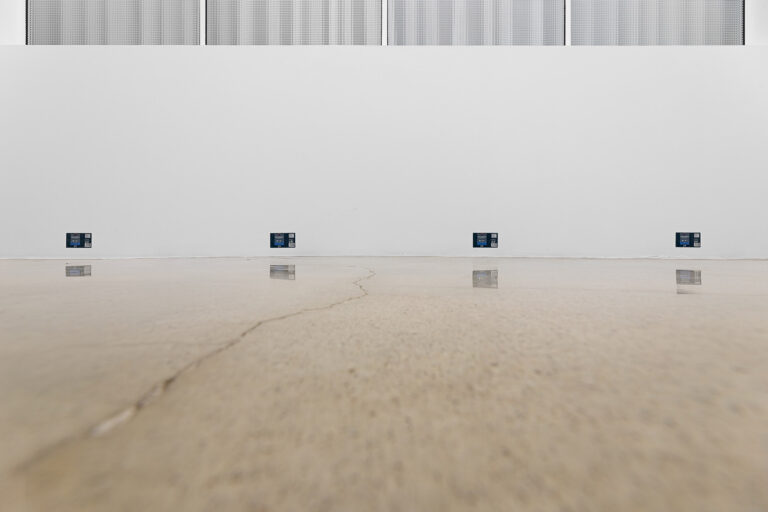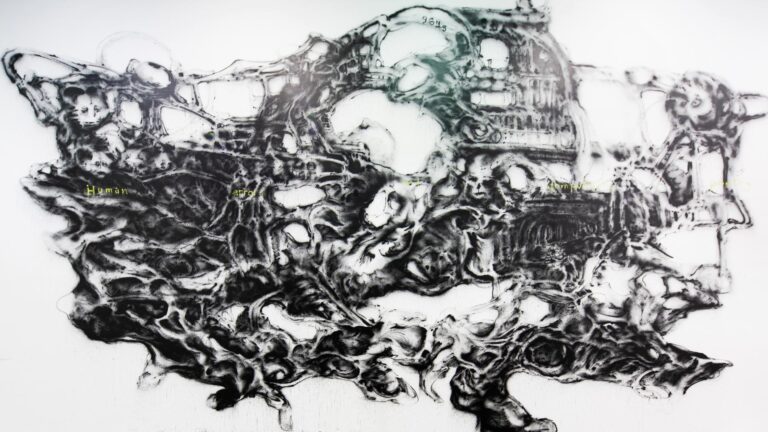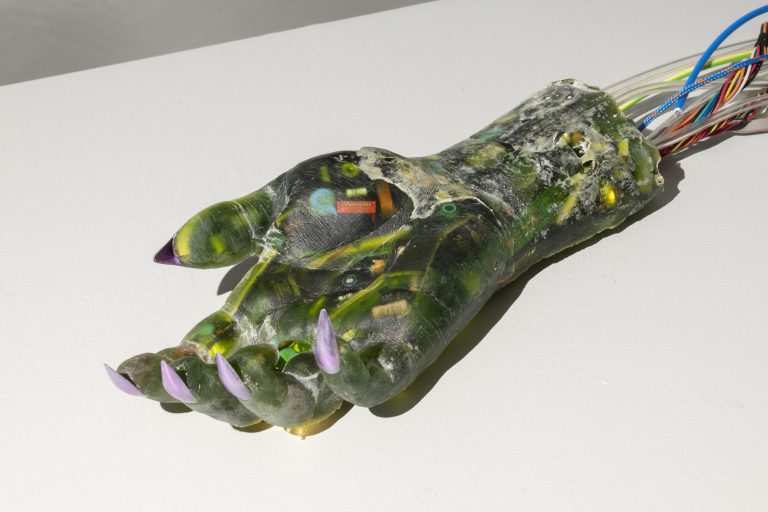Artist: Alex Reynolds
Exhibition title: ¡Porque tengo lágrimas! (Because I Have Tears!)
Curated by: Sabel Gavaldon
Venue: CaixaForum, Barcelona, Spain
Date: May 4 – August 20, 2023
Photography: Roberto Ruiz / all images copyrighted and courtesy of the artist and CaixaForum, Barcelona
Critical thinking on film is imbued with the violence of the gaze. The camera is usually understood as a device that defines and confines the photographed subject, establishing the outlines of its identity. But are we unable to imagine other possibilities for the gaze? Why is it so difficult to conceive of a gaze offered as a gift, a gesture of affection instead of an imposition? What about the gaze of a mother? A lover? How can we describe those gazes that magnify and multiply us, precisely because they reveal blind spots and potentialities in which we barely recognise ourselves?
This ambivalence of the gaze is fundamental for artist and filmmaker Alex Reynolds (Bilbao, 1978), whose most recent project derives from the 2020 Fundación ”la Caixa” Production Grant. The exhibition title comes from the screenplay of an unrealised film in which someone asks a little boy, ‘Why are you crying?’, to which the boy replies, ‘Because I have tears!’. On the limits of film language, Reynolds’s work questions the narrative conventions of the medium, beginning with its cause-and-effect logic, in order to explore the emancipatory potential of play.
Reynolds’s cinema is, above all, a relational practice. It focuses on the connections between the various agents involved, including the body of the viewer. The camera abandons its traditional role as objective witness to intervene in a network of emotional, semiotic and material relations that transcend what is strictly visual.
Radiating from the centre of the exhibition, The Hand that Sings (2021) weaves a complex ecology of gestures, sounds and images in which the movements of Swedish choreographer Alma Söderberg and of the actual camera – acting also as performer – resonate with the fluttering wings of a bird or the echoes of an axe on the bark of a cork oak. Multiple viewpoints and sensorial levels overlap in this hallucinatory footage to suggest a complete reorganisation of the senses.
Diametrically opposed to this film, Reynolds presents a new short film that places the viewer in the uneasy position of an interviewee. Second Person, Third Person (2023) stems from an ongoing research on the centrality of narrative in the institutional bureaucracy surrounding asylum law. Based on the transcription of an interview held at the French Office for the Protection of Refugees and Stateless Persons, this film paints a disturbing picture of state apparatuses and offers a reflection on the enormous power of storytelling on the actual lives of its protagonists.
The exhibition weaves together recent works in which Reynolds interrogates the idea of the portrait in order to go beyond the supremacy of the visual. A series of grotesque hands made of clay, modelled solely through touch, embody Theo, former flatmate of the artist. One hand portrays another, without resorting to the sense of vision. Likewise, a group of customised tuning forks dotted throughout the show capture the unique voice pitch of Justine, a friend of Reynolds’, making the exhibition’s bare construction materials and modular panels ring.


